|
My First Marathon - Pittsburgh (May 1, 2002)
100,000 Step Challenge (February 1, 2020) The 4x4x48 Challenge (April 17-19, 2020) 1000 Flights of Stairs (April 27, 2020) 24 Hour Run (May 16, 2020) Lucky 13 Virtual Ultra Endurance Challenge (June 10-22, 2020) Assembly District 9 Perimeter Run (September 4, 2020) The Grand Canyon in 5 Acts (2011-2020) 58 kilometer Run (October 1, 2020) Moab 240 Endurance Challenge [DNF] (October 9-13, 2020) 12 Hour Run (November 7, 2020) Rally in the Valley (January 15-17, 2021) 6 Hour Run at Jackpot (April 24-25, 2021) Red Rock 100k (May 8, 2021) 24 Hour Run at 6 Days in the Dome (June 19, 2021) Ragnar Relay Northwest Passage (July 9-10, 2021) Manitou Incline (October 1, 2021) Bootlegger 50k (December 18, 2021) Coldwater Rumble 52 Miler (January 15, 2022) Jackpot USTAF 100 Miler [DNF] (February 18, 2022) Tahoe 200 Endurance Run [DNF] (June 17-18, 2022) Boundary Peak (October, 17, 2022)
0 Comments
IntroductionBoundary Peak is the highest peak in Nevada at 13,147 feet. So you know I had to attempt to scale it at some point. If was not a question of if, but when. When came in October 2022 to celebrate my friend Sandra's birthday. Our friend Paul came along for the hike as well. Logistics of Getting to Boundary PeakBoundary Peak isn't exactly easy to get to. It is remote. It is on the California border, outside of a small town called Dyer, Nevada. The closest place you would really want to stay is Tonopah, Nevada, about a 90 minute drive from Boundary Peak and a 3.5 hour drive from Las Vegas. So that is where we decided to stay the night before. We chose the Belvada Hotel and had dinner at the Tonopah Brewing Company, which I highly recommend because they have great brews and great BBQ. The plan was to wake up early the next morning and drive to Boundary Peak. From the research I did, it would not be a particularly long hike, only about 8 miles roundtrip. We figured we could knock that out in about 4-6 hours and be back on the road to Las Vegas in time to get there for dinner. Turns out we were wrong about that in many ways. We met in the lobby at 6am sharp. The drive out to Boundary Peak was beautiful, as we were blessed with an amazing sunrise. But outside of Dyer, the roads turned to dirt, the driving got slower, and we lost cell phone service. My research had shown me that there were two different ways to scale Boundary Peak, one less steep than the other. I had plugged the less steep path into my phone and the GPS continued to guide me even after I lost cell service. The problem was that my GPS guided me to somewhere that was clearly not a trailhead and, without cell service, I had no real way to figure out where we were. As we continued to drive down a narrow and bumpy dirt road, which was making us all a bit carsick, Paul suggested that maybe we were actually on the trail. We collectively decided to pull the car off the road into some brush and start hiking from there. We weren't entirely clear where we were, but we didn't want to be in the car any longer. The Beginning of the HikeWe just started walking up the dirt road, looking for any indication we were on the right path. The road sloped uphill, but the walking wasn't too difficult and the scenery was great. After about two miles of walking, we reached a parking area and a trail head. So, in retrospect, we probably should have stayed on the road rather than parked. Instead, we added 4 miles to our hike, making it 12 miles rather than 8 miles. The good news, however, was that those 4 extra miles really just consisted of walking on a dirt road that wasn't too challenging. There was a metal box at the trailhead that contained a sign in sheet for the hike. What immediately struck me was how few people had signed in. Not a single person had signed in the day before. It did not seem that we would have much company on this adventure, which was nice in some ways but made me nervous in other ways. There is some comfort in attempting a well traveled trail rather than one less traveled. At the beginning of the trail head, we were also greeted with a skeleton of some unknown animal. I was hoping this wasn't some kind of bad omen for us. The beginning of the hike was really nice, on a narrow dirt trail that was pretty much flat. The scenery was incredible! I started to get a bit nervous that we weren't yet gaining much elevation because I knew we had a lot of climbing to do over the course of the next 4 miles and we hadn't yet done much of it. That meant things were going to get really steep really fast. Mount Doom Segment of the HikeAnd then we hit the steep uphill portion of the hike. The trail was difficult to find. And there was a lot of loose shale. It felt like every step forward ended with sliding half a step back. Thankfully, I brought hiking poles to ease the sliding. We were very exposed, but just kept pushing forward, hoping we would reach the peak in the distance at some point. But it was pretty miserable, to be honest. It seemed we had not chosen the less steep version of the hike. As we approached the peak we could see from the base of Mount Doom, I had a sneaking suspicion that it was a false summit because I knew we hadn't yet climbed high enough to be at the peak. But, in any case, we were going to stop and rest for a bit before reassessing the situation. Paul had fallen behind, so Sandra and I arrived before him. We snapped some photos and took in the fantastic views. We had climbed quite a bit already, as you can see from the photo below. We soon learned that the peak was still much higher up, as you can see in the photo below. But we couldn't find the trail that led to the peak. We saw a small speck at the top of one of those peaks and we knew it either had to be a person or an animal. As the speck continued to move and get bigger, it became apparent it was a runner heading in our direction. Once the runner reached us, we asked him where he had come from and he said "Boundary Peak" and then pointed to the highest peak we could see. We asked him where the trail was and he said there really wasn't much of a trail, you just had to climb the rocks. That sounded ominous, but Sandra and I gave it a go. We probably made it another quarter mile before it became very technical, more in the category of bouldering than hiking. It was also getting quite cold and windy. I gave Sandra the beanie that I had packed. Sandra said that she didn't feel safe climbing up the giant rocks and wanted to turn back. Truth be told, I didn't feel too safe either, but I also really wanted to make it to the peak. I told her I was going to go on for another 15 minutes or so and I would turn around if it got too dicey. She decided to turn around, head back, and meet up with Paul at the false summit. The SummitGoing it alone probably (okay, definitely) wasn't a good idea, but I knew this was almost certainly the only chance I would have to make it to the top of Boundary Peak. It seemed very unlikely I would come all this way again. But the bouldering never got better. It only got worse. At some point, the hike turned into flat out rock climbing, which is not my strength. I fell a couple of times on the way up, but thankfully didn't get seriously injured or fall off the side of the mountain. In retrospect, I am very thankful for that because I don't know what I would have done had I seriously injured myself. I was determined to make it to the peak. I had come too far at this point to turn back, but I was also very nervous about how I would get back down the mountain. And finally, I made it to the top! And just as I did, my phone rang. It was Sandra. She was extremely worried about me because it had been over an hour since we parted ways. She lost sight of me and could not reach me by phone because I didn't have any cell service along the way. She and Paul had been waiting for me at the false summit. I told her I had made it to the top and that she and Paul should head back down. I told her I would run the last few miles and catch up with them. At the top, I found an ammo box full of stuff. I didn't spend time exploring everything in the box because it was cold and windy and I wanted to start going back down, but I did find a handmade sign. Holding the sign in my mouth was the only way I could get a photo with it due to how windy it was up there. The views from the top were fantastic in all directions! A 360 degree video from the top. And a video with some commentary. I noted that going down was going to be dicey! The DescentI'm not gonna lie, the descent was, in fact, dicey. Bouldering off the mountain was trickier and more dangerous than bouldering up the mountain. I took a few falls along the way but, again, no serious injuries, just some cuts and bruises. Thankful for that. Once I reached the false summit, I could see Sandra and Paul in the distance. I had a lot of ground to make up. Going down Mount Doom was probably worse than going up. I basically skied down the scree. Small rocks filled my shoes. I used my hiking poles as if they were ski poles, until one got caught in the rocks and I did something I had never done before: snapped a hiking pole: The snapping of the hiking pole resulted in a pretty hard fall. As I laid there, I looked up at the sky and seriously doubted my life choices. But I assessed my injuries (not serious), got up, and pressed on. It was nice to be on a flat trail again and I tried to run as much as I could. But I didn't catch up with Sandra and Paul until the beginning of the trailhead. When I emerged to find the two of them sitting there, Sandra ran up to me and gave me a big hug. She had been trying to call me, but I had no cell service. She was convinced something had happened to me and was trying to decide what to do. Paul wasn't too worried. In any case, I had the car key, so had something happened to me, I'm not sure what anybody would have done. Good thing we didn't have to find out. The Drive Back to Las VegasWe walked the two miles back to the car. We were tired, beat down, and starving. The hike had taken us way longer than we thought it would. And we still had to drive the 4.5 hours back to Las Vegas, a very desolate drive. It wasn't fun. We stopped at basically the only place along the way - a Denny's in a small casino in Beatty, Nevada. They didn't serve any alcohol. You can see how thrilled we all were at that point as we waited for our food: But that was the best Denny's food I ever ate! The StatsIt had been nearly 5,000 feet of climbing when all was said and done - equivalent to climbing out of the Grand Canyon! Miles 5-8 were not fun. Not at all. Not in the least bit. Final ThoughtsI'm glad I did it. I will never do it again. Going it alone was a bad idea that could have gone horribly wrong. But, in this case at least, the risk was worth the reward. I scaled the highest peak in Nevada. Nothing better than adventures with friends, no matter how ill prepared!
IntroductionLake Tahoe is an amazing place. I spend as much time there as I can. The lake itself is stunning, but there is also a ton of great hiking and running on the adjacent trails. The first time I heard of the Tahoe 200 race, I immediately wanted to do it. But the race was cancelled due to COVID in 2020 and wildfires in 2021. I entered the lottery for the 2022 race and was surprised when I received an email saying I was in. I figured I would end up on the waitlist again, as I had the year before, prior to the the race being cancelled. This year's version of the race would be different due to the impact that the fires had on the course. First, it would be moved from September to June in an attempt to avoid fire season. Second, the course would be run as an out and back, about 100 miles each way, instead of one giant 205 mile loop around the lake. I thought this second change would be good for me because it meant fewer drop bags due to going through all but the 100 mile aid stations twice. It also meant you figured to see a lot of other runners once they turned around and started heading back. I planned to train in earnest for this race but life got in the way and I was in nowhere near the kind of shape I hoped to be in as the race approached. Training (or Lack Thereof)I did get some training in on the actual course. My wife had a conference up at Lake Tahoe in early May. That gave us a chance to hike part of the course close to Heavenly. It was both beautiful and decently runnable, which I appreciated. My wife found this shirt while shopping in South Lake Tahoe one day. She was pretty convinced I was going to get eaten by a bear during the race! I took advantage of some free time to get some more work in on the portion of the course leading to the Heavenly Summit, but I could not make it all the way to the top due to heavy snow. I kept my fingers crossed that the snow would melt in time for the race. I took another trip out to Tahoe City, California later in May to check out some of the course in that area. I decided to make my first training run a night run, heading south on the trail from Tahoe City around midnight. As my headlamp hit the ground, I began to see my light reflecting off of something. At first, I thought the reflection wad due to pieces of broken glass, but it turned out to be spiders, as you can see by the photo below. I made a mental note to myself not to stop and take any naps on the this part of the trail. I didn't make it too far on this run because I encountered a decent amount of snow and a lot of water crossings, which I didn't relish navigating at night. After all, I didn't want to injure myself before the race even began. The next day, I headed north from Tahoe City towards Brockway Summit to check out that part of the trail. It was beautiful and some parts were also decently runnable. When I got back to Las Vegas, I tried a night hike with my Kogalla light so I could get used to it. Getting a better lighting system was one of my main takeaways from my Moab 240 effort. The Kogalla is so much better than a regular old headlamp, as you can see in this video: I enjoyed some really great views on this night time hike up the Flagpole Loop in South Summerlin, including an amazing view of the Las Vegas Strip. It was definitely a reminder that I need to do this hike at night more often. Several people in the Tahoe 200 Facebook group had mentioned the Powerline section of the course and how we would have to go both down and up it due to the out and back nature of the course. Many mentioned how difficult it was and how going down would be way worse than going up. I knew I had to try this section of the course prior to the actual race. I wanted to know just how bad it was before I had to experience it for real. So I flew back up to Tahoe and headed north on the Brockway section of the trail. As I got closer to Incline Village, Powerline came into sight and I could immediately tell it would be a dramatic and difficult downhill. The good news is that the view prior to the descent was breathtaking - one of the best in all of Tahoe. The very narrow trail snakes underneath a powerline. Hence the name. It is very steep, dropping about 1000 feet in the course of a mile. It is made more difficult by the terrain, which is mostly sand, dirt and loose rocks, many of which do not provide anything approaching sure footing. Were it not for my hiking poles firmly planted in the ground with every step, I would have fallen several times. Honestly, I am not sure how I didn't break my hiking poles with the amount of pressure I was putting on them to stay on my feet. The descent was very hard on my feet and quads. When I finally got to the bottom, I continued about a mile on the course, which was on a road through a neighborhood, before turning around to go back up. I was determined to power through the uphill. I wouldn't go all out, but I wouldn't stop either. That one mile took me 45 minutes! I told myself to make sure I didn't do this section of the course at night time. It was hard enough in daylight. A video showing the amazing view from the top: Strava data that shows how dramatic the uphill and downhill were: That was the extent of my training. Not anywhere near adequate for a 200 miler at altitude in Lake Tahoe. Nevertheless, I committed to be at the starting line and give it my all. I didn't ask anyone to crew or pace me because, to be honest, I didn't like my chances of making it far enough to really need either a crew or pacers. And I didn't want to line all of that up only to disappoint those who might have volunteered to help. This would be a solo effort. Realistically, I put my chances of finishing the race at somewhere around 15%. Race Check-inMy flight from Vegas to Reno was delayed and I barely made it in time to get my rental car. I arrived at the rental car desk 5 minutes before they closed and they gave me this Jeep monstrosity: I headed to Tahoe City where I would be staying a couple nights before the race started. The photos below show Lake Tahoe during the day and at night from the balcony outside of my room. Amazing with the full moon at night! There is a really nice paved path that follows the lake in Tahoe City. As I walked along it the day before the race, I was tempted to sabotage my race with beer, pizza, and pretzels. Ultimately, I held out, but barely. I headed over to Homewood to check in the afternoon before the race and to leave my drop bag for the Tahoe City Aid Station. You could feel the excitement and nervousness in the air. I was able to check out the very beginning of the course, where we would be going straight up a mountain at the Homewood Ski Resort. This was going to be an adventure for sure! They also take your pre race "mug shot" at race check in. I was hoping I would make the finish line to get a post race mug shot as well. I stopped to get some Lake Tahoe time in on the way back to Tahoe City. Looking across the water, I spotted Heavenly, which would be the turnaround point. It didn't look that far away, but we weren't going to take the most direct route either. I took it easy the rest of the day, mentally preparing myself and hydrating. I went to bed early and hoped I would be able to get a good night of sleep. Race DayFortunately, I slept very well, even waking up before my alarm. That almost never happens for me the night before a big race. I arrived at the start about 2 hours before the race began, mostly because I wanted to be assured I could find a parking spot out on the road rather than pay $50-$100 a day to park at the resort. I left my drop bags for the Brockway, Tunnel Creek, and Heavenly aid stations. Interestingly enough, they did not allow us to bring these drop bags at race check in the day before because the bears would get into the bags if they were set up at the aid stations too early! Once I was able to get my GPS tracker attached to my pack, I went back to the car and rested my eyes for awhile before heading out to begin this adventure. It was chilly outside for sure, but I knew it would warm up. I could feel the nervous tension in the air as start time got closer and closer. About 15 minutes prior to race time, I got out of the car and headed for the start line, just in time to hear final instructions, including repeating after the race director that if anything bad happened to us out there, including death, it was our own damn fault. I was really hoping that wasn't foreshadowing of what was to come. A couple photos as we waited for the start: One of the other race participants had made an Excel spreadsheet that allowed you to enter your speed and it would then autofill all the other information. I entered a speed that would have me finish in around 90 hours. I saved these two photos on my phone so that I would have all of the information I needed at my fingertips to be able to check my progress. Why 90 hours you ask? Well, I had to be in Carson City for an interim legislative meeting at 9am on Tuesday morning, so finishing in 90 hours would give me a chance to get a few hours of sleep before that meeting. Not ideal, I know, but I didn't have any other choice. Because I had to be at that meeting, 90 hours was really my cutoff, not the 100 hours that represents the official race cutoff time. Segment 1: Homewood to Stephen Jones Aid Station (10.4 miles)Then, all of a sudden, we were off and running. There were a lot of spectators lining the course as we worked our way up the first hill. That was really cool and motivating - lots of cowbells and words of encouragement out there! Here are a few professional photos from the start: Because we basically started by literally climbing a mountain, I decided just to hike the beginning rather than run it. Most entrants did the same, but the people at the front started running right away. I knew it would it would be a long time before I would see them again, if at all. As you can see, I went with the infamous plaid shorts and the Red Rock Running Company donut shirt. They were both pretty big hits, drawing plenty of complements along the way. I like to wear them for two reasons. 1. They make it easier for the rescue helicopter to find me. 2. They bring smiles to the faces of other runners, which is always one of my goals in every race I run. I had never been on this section of the course before and the views were spectacular. There was, however, quite a bit of snow that slowed me down. It wasn't overly difficult to navigate, but you had to be a little bit more deliberate with your footing to be sure you didn't find a soft spot and sink down into it. I used my hiking poles quite a bit to test the firmness of the snow. Some photos from this first section of the course: When we arrived at the Summit of the first big climb, it was very windy and cold. I had fingerless gloves on (so I could check the GPS on my phone when need be) and my fingers instantly became numb. But, again, the views were out of this world. A bundled up race photographer awaited us at the top and took these two photos of me: The way down from the summit was a bit dicey in parts because of the snow. I was with a group of about 5 other runners when we encountered a large bank of snow on a steep downhill section of the trail. Looking at it, I very much doubted that any of us would do anything other than fall on our rear ends and slide down the slope. With the exception of one guy who miraculously powered through and somehow stayed upright, I was correct. We all fell and slid down, soaking our shorts in the process. But we all escaped relatively unscathed, so that was a bonus. We all commented that we wished someone had been there to record everybody falling. That would have been some funny footage. I was able to run some of this section of the course once it flattened out a bit. But many runners passed me and I really wasn't passing anybody. I tried not to worry about it too much, but it was also a bit disconcerting to already be towards the back of the pack this early in the race. That happened to me at Moab and was clearly a harbinger that I would not finish the race. I was hoping I could pick up the pace, but I also knew my lack of training was going to be a factor. Although this segment was slower than I would have liked, I wasn't too far off of my goal time of reaching the aid station. I didn't have a drop bag there, so my main concerns were filling up my water, eating some food and doing whatever I needed to do to avoid blisters and chaffing. I stayed at the aid station for about 15 minutes and then headed out, about 20 minutes after my projection of when I would leave. Not bad for the first segment, though I would have preferred to have been ahead of schedule to give myself a buffer. Segment 2: Stephen Jones Aid Station to Tahoe City (20.5 miles)I jogged most of the dirt road leaving the aid station, meeting and talking with a handful of other runners along the way. This would be a very long section, over 20 miles and I had hoped to make good time. But I didn't. My feet and legs really began to hurt, more than I thought they would at this juncture. It was getting harder for me to run. Part of this section of the course is on a paved path that follows the lake for a few miles. I thought that would be a good place to jog and make up some time. But my legs just didn't want to cooperate. I was only able to jog at about a 13 minute mile pace, which isn't that much faster than fast walking. A few of us also missed a turn off and went about a half mile out of our way and had to backtrack to get back on the course. That didn't help physically or mentally. Once we got back on the trail, it was apparently that someone had messed with the course markings because they were few and far between, meaning that I had to consult the GPS on my phone way more than I would have liked, which slowed me down as well. There were a few wrong turns along the way that cost me more time. In addition, there were a number of water crossings due to the melting snow. Nothing too serious, but they all forced me to slow down in an attempt to keep my shoes and feet dry. In retrospect, that really shouldn't have mattered to me, as I had a fresh pair of shoes and socks waiting in my drop bag at the next aid station. You live and learn. More and more runners passed me in this section, leading me to believe I was probably near the back of the pack. But, as always, the scenery was amazing, including waterfalls! The photos below show an example of one of the water crossings. Again, nothing too serious, but slow going for sure. When my Mom saw these photos, she commented that she didn't know what kind of obstacles I had to endure. Well, I didn't know I would be enduring them either until I was out there in the thick of it! But, at that point, there is no turning back. As I approached the Tahoe City Aid Station, I had seriously fallen off my anticipated pace. I arrived more than 2 hours later than I projected. I was tired and, to be honest, I wanted to quit because my feet and legs were screaming, but I also knew I needed to press on. I wouldn't forgive myself for throwing in the towel after 30 miles. I spent at least 30 minutes at the aid station, maybe longer. I drained and taped up a blister on one of my toes. I changed my shoes and socks, filled up my water, ate a hot dog, used the restroom, and mentally readied myself for the next section, which would be entirely at night, as it was starting to get dark out. To that end, I unpacked my Kogalla light in anticipation of a long night. As I was leaving the aid station, one of the volunteers asked me if I was going to put anything warmer on. She advised me it would be pretty cold that night. I told her I ran hot and that I would be okay. And I headed out. I was hours behind where I hoped to be, so I knew I needed to pick up the pace, but I wasn't sure that my body would cooperate and I didn't like my chances of making up any time in the darkness. But at least this was a section of the course that I had mostly done previously in training. That being said, I knew nothing would look familiar in the darkness. Segment 3: Tahoe City to Brockway (19.2 miles)I had done a part of this section of the course in training, but I had not done it at night. I got about 20 minutes of light before I had to turn the Kogalla light on. Leaving the aid station, you basically just start climbing. So that is what I did. And it got really cold really fast. In fact, it started snowing. Here is a video of the snow: This segment was a long, lonely one. I went the last 6 or so hours without seeing another runner. Although I stopped to put on a light jacket, I was very cold the entire night. So cold that I didn't even want to stop to get warmer clothes out of my pack. I just kept moving forward, trying to stay warm. I couldn't feel my fingers most of the night. After a very long night, the sun finally came up. The sunrise was beautiful. I was hoping it would bring some warmth, but it really didn't. I was chilled to the bone from the night trek. I finally made it to the aid station around 6:30am. The cutoff was 8am, which meant I had to be back on the trail in 90 minutes or I would be out of the race. Priority number one was getting some sleep because I began to hallucinate once the sun came up. Rocks and trees started to look like animals. Fortunately, there was a sleep tent. And I had it mostly to myself because I was one of the very last runners to make it to this aid station. So I wrapped myself in 3 blankets and laid down on a cot, trying my best to sleep. I was tired, but I was also very cold. I shivered as I tried to get warm and sleep. I laid down for about an hour and probably slept about 20 minutes, but that was enough to reset my mind and stop the hallucinations. When I woke up, I had a decision to make. Drop out of the race or press on, knowing it was unlikely I would make the next aid station by the cutoff time. I decided to press on. 200 miler legend, Michael McKnight, was working this aid station and he was super helpful, asking me what I needed and encouraging me to press on. I changed my clothes, got my gear together and resolved to keep going. After all, Powerline awaited me in the next section of the course! I ordered up a cheeseburger on the way out and I left the aid station about 15 minutes before the cutoff time. Onward I went. Segment 4: Brockway to Tunnel Creek (14.9 miles)Hot, greasy cheeseburger in hand, I headed back out for what I knew would likely be my last segment. But I was going to give it everything I had. I felt good for a hot second before the wear and tear of the previous 50 miles got to me. It was slow going and I was stopping a lot to regroup and recharge. Not a bad place to stop and take in the surroundings. I knew I was in trouble when the sweeps (who stay behind the last runner) caught up to me about 8 or 9 miles into this segment. Their presence almost certainly meant I would miss the cutoff. They had to wait for me and we started to hike together. They stopped to eat a snack and I kept going, knowing they would catch up to me at some point since I was moving so slowly. And right when I arrived at Powerline, wouldn't you know it, it started to snow! Check out this video: The snow wreaked havoc on my phone's GPS. This caused me to somehow get lost halfway down Powerline. And I got really lost, even though I had done this portion of the course in training. When I consulted my phone's GPS, it showed me in the middle of Lake Tahoe. Not helpful! I wondered around in circles for a bit and asked a couple of bikers if they knew where I was supposed to go. They really didn't. Then I started to get text messages from my friend James, who had been following me on the live tracker. He told me what I already knew - I was off course. We texted back and forth until he confirmed that if I kept going straight, I would get back to the trail. But going straight entailed a lot of bushwhacking on hardly discernable trails that took me through a series of ravines. By the time I got back to the trail, I had added another 2 miles and around 40 minutes to my race. One of the sweeps finally caught up to me and said he knew I had been lost but also knew he would find me eventually. He made me feel better by telling me he understood why I had gotten lost because the course markings were difficult to find on that section. Once we course corrected after Powerline, it was clear I would miss the cutoff. No chance now. Yet I still had a few miles to go on a paved bike path before I would reach the aid station, official be out of the race and try to find a way back to my car. My friend Thelma and her husband surprised me by jumping out of their car to cheer me on when I was on the bike path. It was a very touching gesture, as Thelma had given me a map of Lake Tahoe a couple of years earlier and had been very encouraging when it came to this race. She loves Lake Tahoe and it shows. I was disappointed to tell them that my race would be ending soon, but they were as encouraging as could me, congratulating me for making it this far. Once I got to the aid station, my race officially ended. I think I missed the cutoff by around two hours. Some of the folks there were chuckling about how lost I had been earlier in the day, as they had been following me on the race tracker as well. The problem I had now was that I needed to find a way back to my car, which was about an hour drive from where we were. I checked rideshare and they only wanted $350 to take me back! One of the race volunteers said she could get me to Stateline. From there, I took a bus into Tahoe City and then rideshare to my car. Although I was very tired and wanted to take a nap, I had about an hour drive in front of me to get to Carson City, where I had booked a hotel a couple hours prior. To help me stay awake, I stopped at a gas station and loaded up on snacks for the drive. I stopped at Capriotti's in Carson City for the biggest and most delicious Philly Cheesesteak I had ever eaten. I savored every last bite. Once, I got to the hotel, I took a very long and very hot shower. It took a lot of work to scrub the dirt from my legs and feet. Then I went to bed and full into a very deep sleep. Once I woke up and got moving the next morning, I began the journey to collect my drop bags. I started by driving to the Heavenly (100 mile) aid station. Many of the runners were still sleeping, as the cutoff time was a few hours out yet. From there, I headed to Brockway. That station was preparing for the first place runner to approach on the return journey. I had one more stop at Tahoe City. When I arrived there, they told me that a bear had tried to steal one of the drop bags the night before, but they were able to save it before it got away. I was glad it wasn't mine! Amazingly enough, the first and second place runners finished within 6 minutes of one another. They both finished in under 57 hours, but were that close to one another and the lead changed in the last 10 miles as well. That is amazing! 240 runners toed the start line at the race. 101 of us did not finish. That means 139 of us did. The winning time was 56:43:43. The final finisher's time was 99:32:48. Final ThoughtsI had hoped to make it at least halfway, to Heavenly. That didn't happen but I am proud that I didn't quit on my own. I sure wanted to, but I didn't. Ultimately, I couldn't make the cutoff at Tunnel Creek and that is where my race ended. Even had I not gotten lost for about an hour, I still would have been too slow to continue. That is an outcome I can live with.
That being said, I am sad that I missed out on the rest of the course. I will go back up to Lake Tahoe as soon as I can to complete the two segments I was not able to attempt. I have kept the GPS course downloaded on my phone for that exact purpose. I am at peace with how this all played out. But I think this was likely my last 200 mile race attempt. Unless I can find more time to adequately train, I don't see how I would be able to finish one of these very long races. Perhaps I can volunteer at future ones and that will allow me to be part of the action in a small way. In any case, here are the Strava details: BackgroundEver since I participated in Jackpot in 2021, I had been itching to complete my first 100 mile race out there, on the faster USTAF course that is a 1.1761616 mile loop, consisting of 95% paved or concrete surfaces and 5% crushed gravel. With only 30 feet of elevation gain each loop, I knew I had no choice but to do this. As I would tell friends that I intended to complete a 100 mile race, many asked me how you train for a 100 mile race. The truth is I have no idea. I'm not going to pretend that I really trained for a 100 mile race. I actually ran very little leading up to the race, opting to spend more time cross-training on my Peloton. Jackpot returned to its customary February date this year and my race started on a Friday morning. I picked up my packet the day before. Because this was a USTAF race, you have to wear a second bib that prominently displays your age group. Before the race, I sketched out two different scenarios, a 20 hour finish and a 24 hour finish. My goal would be a 24 hour finish but I thought that 20 hours might be within reach if I felt especially good out there. We really lucked out with the weather. It was beautiful when I arrived in the morning to set my gear up. As you can see, I didn't bring much. A chair, a couple extra pairs of shoes and a change of clothes, some of my preferred electrolyte drink. Because there is a gigantic aid station after every loop, you don't really need to bring too much. That is one of the best parts of this race. There is always excitement in the air before the start of this race. Beyond Limits Running does a great job to make that happen. This year, that included showgirls and Elvis. How cool is that! I also saw my friend, David Boley, who was volunteering at the aid station when I arrived. He is the one who graciously took a photo of me with Elvis and the showgirls. The USTAF 100 miler and 72 hour race started at the same time and there were a good number of entrants. There were also a handful of elite athletes in the field, as the weather conditions lent themselves to the possibility of a world record or two. Although I certainly wouldn't be setting any world records, it was exciting to be in a race with some of the best in the world, including Camille Herron and Vicktoria Brown, to name just a couple. I was disappointed to learn at the start line that earbuds were not permitted in the USTAF 100 mile race. We had not been told that previously and that put a serious damper on my plans to listen to audiobooks and music. How would I get through 100 miles without any music at all?? Had I known that, I am not sure I would have signed up for this race. Next thing I knew, we were off and running for what I anticipated would be a very long day. The course offered some nice lake and mountain views. I went with my Red Rock Running Company Donut shirt, which got quite a few compliments along the way. I was also wearing my new Brooks Ghost 13 running shoes as well as the 6 Days in the Dome hat, one of my favorites. As often happens in these races, the excitement at the beginning had me running faster than I intended to. My first 10 miles were all between 10 and 11:30 minute miles. I was aiming for between 12 and 15 minute miles. But I felt good and ended up running quite a bit with a young lady from Florida who was also trying to conquer her first 100 miler. We were having a good conversation so I decided not to worry too much about the pace. I figured it would all even out down the stretch. I was generally able to keep the next 20 miles or so under a 15 minute per mile pace. But I definitely started to have some challenges out there. First, I hadn't applied enough sunscreen and by the time I realized that, I was already burned. Second, my legs were feeling the stress of the miles way more at this point than I had anticipated. Third, my left ankle wasn't feeling great. And lastly, I felt like I was starting to get some blisters, which is unusual for me. At this point, I was walking more than I was running and my time goals were quickly slipping away. Mentally, I was just not where I needed or wanted to be. I was stopping more to rest and I decided I really didn't want to be out there any more. I got a bit of a boost when a couple of friends who had come to pick up their packets for the next day stopped me to say hi, including Greg, who I had paced at the end of last year's 100 mile Jackpot race. He signed up for the 100 miler this year too, but the one with the longer loop beginning the next morning. The one where you could wear earbuds and blast your music when the going got tough. By mile 40, my legs and feet were really hurting and I had slowed down considerably. I took a seat in my chair to consider my options. I removed my shoes and found that I did in fact have a few blisters. No wonder my feet had been hurting more than I anticipated. I decided I would likely just call it a day soon. It wasn't that I didn't think I could complete 100 miles. It was more that it was going to take me much longer than anticipated and, mentally, I just didn't want to be out there that long. Right then, my friend James arrived and said he was there to check on me and see how I was doing. I told him I wasn't doing all that well, but I invited him to walk a few laps with me. I put on different shoes and off we went walking. My legs were no longer interested in running. This was right about the time the sun was setting and it made for a pretty spectacular skyline. And for a drop in temperature. Shortly after James left, my friend Crystal arrived and we shared a few laps together before I decided to call it a day, with my finally tally being 46.48 miles in right about 12 and a half hours. It certainly wasn't 100 miles, but close to 50 miles wasn't bad for a day's effort either. And we got to see Camille Heron break her own 100 mile record, in 12 hours, 41 minutes, and 10 seconds. She was a sight to see throughout the day. She was an example of consistency and it was really cool to see her cross this finish line to set the new world record. Final ThoughtsI have conflicting thoughts on this one. I think I did the right thing by dropping out of the race when I did, but there is always regret and second guessing that follows such a decision. Mentally, I just wasn't where I needed to be to complete this race. I was distracted. And things didn't go well physically either. That one-two punch led to me dropping out of this one.
If I could do it over again, I would have signed up for the 100 mile race starting the next day because that would have given me the opportunity to run with my friend Greg. And to listen to music. So will 2023 be the third time...and the charm? Greg has already told me he wants to do the 100 miler. So stay tuned! IntroductionI chose the Coldwater Rumble as my first race of 2022. I opted for the 52 mile race because I didn't think I was quite ready for a trail 100 miler and the 52k was a similar distance to the Bootlegger 50k, which I had just done in December. So the 52 miler it was. Coldwater takes place in Goodyear, Arizona, at Estrella Mountain Regional Park. I drove because it was only 4.5 hours from Las Vegas and it is much easier to just throw your gear in the trunk than pack it in a suitcase, lug it to an airport, and throw it into an overhead compartment. Packet pickup was on Friday afternoon, which was my first time at the park. Though I lived in the Phoenix area for nearly 5 years, I don't remember spending much time in Goodyear. It was exciting to get a sneak peak at where we would be running. A few photos from packet pickup: The shirt we received in our race packet was really cool and I was tempted to wear it on race day. But I had other plans for my race outfit and I stuck to those plans. The plaid race shorts were a given. But I went with a really cool shirt given to me by my friend, Eric Jeng. It was from Red Rock Running Company and has pictures of tacos, beer, and martinis on the shirt and says "cardio & carbs" on the front. I knew it would be a hit with other runners and the volunteers. And was it ever. I received no fewer than 50 compliments throughout the day. Many said I had the best shorts on the course. And many yelled out "tacos and beer" when they saw me. It was nice to bring such joy to other racers. Here is the shirt in all of its glory: After picking up my packet, it was time to carb up. After all, I had 52 miles to run the next day. I was delighted to learn that there was an Oreganos a couple miles from my hotel. I ate there quite a bit when I lived in Phoenix and I was craving pizza. I didn't get to the restaurant until about 5:30pm and it was very crowded, with many people milling around, waiting for tables. Luckily, I scored the last seat at the bar. I resisted the very real urge to order a Kilt Lifter or two, instead opting for water. But I did order a deep dish pizza with chicken, bacon, and mushrooms. It was tasty, but way too big. I think I ate 3 of 8 slices. I took the rest back to the hotel with me. When I got back to the hotel, I laid out my gear and set my alarm for 5:45am. My race didn't start until 7:15am, but I wanted to give myself extra time so I didn't feel rushed in the morning. Thankfully, a very solid night of sleep followed. I woke up before my alarm and started to get ready for what I knew would be a long day. I drank a cup of coffee and ate a Cliff Bar and a banana. Fortunately, the weather was forecasted to be perfect running weather. Lows in the 50s. Highs in the 70s. Mostly overcast. I knew I wouldn't need warm clothing once I started running, but I also knew that it would be chilly in the morning before the sun came up. My main priority was to better stabilize my left ankle, the one that I had injured pretty badly at Bootlegger. I brought KT tape and watched a YouTube video about how to tape an ankle. I thought it made sense to tape both for symmetry's sake so I did. I arrived at the park around 6:45am. It was still dark and it was windy, making it much colder than I had expected. I was glad I had brought a jacket to wear before the start. I was also glad I opted for a long sleeve shirt under my racing shirt. The sunrise in the morning was breathtaking: The course consisted of a 20 mile loop. For my race, I would run the 20 mile loop clockwise, then run it counterclockwise, then run a shorter, 12 mile version of the loop clockwise. Those running the 100 mile race would do 5 of the 20 mile loops, alternating clockwise with counterclockwise. That meant there would be runners running in both directions the entire time I was out on the course. Before I knew it, we were off. A short video from the start: The course was beautiful: I immediately realized this course was going to be rockier and a bit more technical than I had anticipated. There really weren't any dramatic climbs, but there were a number of rolling hills that took you into riverbeds that were both rocky and sandy. I would need to be careful not to sprain an ankle or trip on a rock and bite it. There were many sections of the course where the trail was fairly narrow. Were it not for the abundant course markings, it would have been very challenging to stay on track. Many sections of the trail reminded me of the series of 1/2 marathon races I ran out at Valley of Fire. These videos gives you a sense of some of the terrain: I didn't know anybody else running the race but I had very good cell phone service, so I decided I would text a handful of loved ones with updates every 10 miles. I thought this would give me something to look forward to and it would also make it more likely I would finish the race. Periodically updating others on my progress would provide a measure of accountability. The first ten miles didn't feel too bad, taking me about 2 hours and 2 minutes. Here is the photo I sent out: Here are some photos of the course that I took along the way: And a few more: Though there were plenty of other runners out on the course, we became fairly spread out over time. I guess that is to be expected on a 20 mile course. Truthfully, I didn't mind the solitude. I simply put my earbuds in and listened to some of my favorite music, which isn't something I get to do all that often. About 15 miles in, doubts started to creep into my mind. I thought about how nice it would be to quit after 20 miles. How that would leave me with most of my day. How I would be able to watch the Raiders playoff game. How 20 miles was nothing to be ashamed about. I decided to drop out of the race at mile 20. I didn't want to do another 32 miles. When I got back to the start line, I texted the photo below out. It represented 20 miles completed. It took me 2 hours and 45 minutes to run miles 11-20. I sat down and took off my shoes, emptying the sand and rocks. My right foot had started to bother me about 10 miles in. I took my socks off to find that the tape job I had done on that ankle was causing a blister to form. I ripped the tape off of my right ankle, but kept the tape on my left ankle because it wasn't causing a blister and that was the ankle I was more worried about anyhow. I ate a couple of cheese quesadillas. They were delicious. I resisted the urge to order a pizza from the mobile pizza oven guys. I received encouraging text messages from loved ones. Then I evaluated myself. Was I injured? No. Was I tired? Yes. Could I go on? Yes. Should I go on? Well...I finally convinced myself that I should just keep going. I was starting to feel better and told myself that I didn't drive all the way to Arizona and pay to enter a race to merely run 20 miles. I could do that in Las Vegas any time I wanted to. So I took a deep breath and headed back out. About five miles into my second loop, I felt defeated all over again. I wanted to just be done and I was mad at myself for going back out there instead of quitting at mile 20, as I had resolved to do. My feet were really starting to hurt from the constant jarring of the trail. My lower back, neck, and shoulders were also beginning to feel the strain of the effort. I told myself that I would definitely drop out at mile 40, if not sooner. No way I would do 52 miles. I sent the photo below out at 30 miles. Miles 21-30 had taken me another 3 hours. I was definitely slowing down, doing more hiking and walking than running at this juncture. And I had slightly rolled my weak left ankle again, but not bad enough to make it more than a minor inconvenience at that point. There is one particularly long stretch of about 8 miles between aid stations. That segment almost broke me on my second loop. I simply felt like giving up. What did I have to prove? But I knew it would be faster to just get back to the start and drop out at mile 40 rather than drop out at a remote aid station and wait for a ride back, which could take hours. So I pressed on. As this point, as often happens in races of this length and difficulty, the world becomes very small. Your vision narrows and you focus on the step ahead of you and then the next and then the next. You push everything else out of your mind, the doubts, the pain, the fatigue. You simply focus on what is right in front of you and that next step. That is what I did at this point of the race. And I also cranked up the volume on a new playlist that I had compiled just for Coldwater - I needed some inspiration. I struggled to get to mile 40, but I ultimately did. Miles 31-40 took me another 3 hours. At this point, it was almost dark out and I nearly had to deploy my headlamp as I finished the 20 mile loop. I sent out the photo below when I finished 40 miles. Here is what I texted with the photo: "40 miles down. Up until now, this has been the appetizer. The main course starts now: suffering!" Because, despite my very strong desire to quit, I knew I couldn't pull the plug with only 12 miles to go. I would never forgive myself and I would rightfully be asked by many people how I could quit a 52 mile race after 40 miles. So I again drained the sand from my shoes, ate a couple more very tasty quesadillas, traded my hat for a beanie, put my headlamp on, and ventured out for 12 more miles. I knew this wouldn't be easy, but I was doing it anyway. I had come too far and too many people were pulling for me. The course at night was totally different. It felt like an entirely new course because I could only focus on the patch of light right in front of me. The course became more treacherous because it became harder to see depth. Large rocks tended to blend into the path. This meant I would painfully kick rocks more often and my chances of tripping and falling increased. I had to slow down for my own safety, but I also just wanted to be done with this race. The yin and the yang of trail racing was in full effect. On this shorter loop, you reach an aid station 4 miles in, then 8 miles in, then you are done. So I thought of this section of the race as three distinct four mile efforts. Somehow it just made it seem shorter than thinking about it as 12 miles. I tried to jog as much as I could, but my legs were fairly spent. I made it through the first aid station, then the second. So I knew I had about 4 miles to go. And I knew I would finish. But I also knew my watch seemed to be about a mile off. So when I was at mile 48, my watch said 49. I had to remind myself of that so I didn't get too fixated on 52 miles because it would be at least 53 on my watch by the time I was done. Not reconciling those things in your mind can lead to a serious mental letdown. With about 3 miles to go, I rolled my left ankle on a downhill section of the course. I don't know how I could have prevented it. The sharpness of the pain caused me to yell a few choice four letter words into the darkness of the night. I couldn't believe this had happened. I also knew if I just stood there and waited for my ankle to swell up and become more painful, I might never finish. So I limped forward until the pain went away or my brain stopped processing the pain signals. The rest of this race would not be pleasant by any means, but I had come too far to stop now. When I believed I had about 2 miles to go, I realized I could probably finish under 15 hours if I picked up the pace. I began jogging as fast as my body would allow me to because the finish line was so close and I now had a goal that was within reach. When I believed I had about 1 mile to go, two other runners passed me going the other direction. We exchanged out customary "good job" and then one of the guys said "you are only about a mile and a half from the end." I thought it was more like a mile rather than a mile and a half, but I picked up the pace anyway. Well, it turns out I still had another 1.8 miles to go. So despite my late effort, I missed the 15 hour mark, but I sprinted to the finish anyway and man did it feel good to hear people cheering for me as I approached. And at 10:16pm, I crossed that seemingly elusive finish line, about 15 hours and 2 minutes from when I had started the race. I finished in 22nd pace of the 42 runners who attempted the 52 mile race. As I crossed the finish line and was given my finisher award, a group of folks started chanting "tacos and beer, tacos and beer!" They had heard about my outfit and were excited to see it. One of the ladies was kind enough to take this photo of me after I finished. Here are the Strava details, which had the distance at 53.79 miles and the climbing at nearly 5,000 feet. The GPS map of the effort: Splits for miles 1-30: Splits for miles 31-53.7: Final ThoughtsWhat an awesome race. What a feeling of accomplishment when I finally crossed that finish line. Would I do it again? Probably not the 52 miler. Been there, done that. But the 52k and the 100 miler both intrigue me in their own way. Stay tuned. Until then, I will cherish this really cool finisher award, and personalized at that! And, as always, a TikTok of the experience: IntroductionI remember hearing about Bootlegger in 2020, but I can't remember why I didn't run it that year. But I do remember the weather was terrible that day - cold and windy with hail. So maybe it was a good thing I didn't. In 2021, I was slated to be out of the country when the race was taking place so I didn't sign up. When my overseas trip got canceled due to COVID, I had completely forgotten about Bootlegger. Until my friend Scot Rutledge reminded me by asking me to join him on a training run for it out at Red Rock Canyon. Though the training run ultimately didn't happen, the gears in my head started spinning. Now that I would be in Las Vegas, why not give it a shot? There would be a 25k and 50k option. Scot was doing the 25k. But you all should know by now that there would only be one option for me - the 50k. I asked my friend, Leah Elmquist, about the 50k, as she had run it the year before. She told me that parts of the course were fairly technical but that it was a good race. That was all I needed to hear and signed up for the 50k. I drove the 40 minutes or so out to Boulder City on race morning. The race started at 7am and I arrived around 6:30am. It was cold, which was expected, but it was also very windy, which was unexpected. Wind had not been in the forecast. I checked in and went back to my car to try to warm up before the start. I was very thankful that I brought a winter hat and gloves. I would need them for sure, especially for the first loop. I should note that the 50k consisted of two identical 15.5 mile loops, each with over 2,000 feet of climbing. You could leave a drop bag at the start line so that you would have access to it at the midway point of the race. I stashed a couple of gels in there, as well as an extra long sleeve shirt and a headlamp, just in case it I needed it. The cutoff was 10 hours, but it gets dark around 4:30pm. Although it was cold, we were treated to an amazing sunrise that morning. Right before the start of the race, I took off my puffy jacket and stuffed it in my drop bag and then we were off. I ran the first few miles with Scot. It was a good time, though I think I might have talked his ear off (as demonstrated by the photo below). So it was at least a good time for me. You will note that I am wearing the now legendary Lululemon race shorts which, coincidentally, are very easy for rescue helicopters to spot, should the need arise. And this was my first time wearing my brand new Red Rock Running Company donut shirt, given to me by my friend Eric Jeng. It was a big hit with the other runners and at the aid stations. And then of course I had to rock the Golden Knights hat and gloves. Scot pulled ahead after a few miles and I let him go, content to run my own race since I was running twice as far and climbing twice as high. I have a bad habit of going out too fast and I didn't want to do that in this race. I then spent some time running with and getting to know another really cool person, David Boley, who is a legit ultrarunner. Check out his ultra finishes by clicking here. He was recovering from an injury and running the 25k. I am sure he will be back to longer distances in no time. Along the way, he snapped the selfie below. So the race was going pretty well. I felt in control and I was being careful on the rocky terrain. Then, for just a few seconds, I let my concentration lapse because we had reached a sandy part of the course that didn't appear to be too rocky. And then, boom, in an instant, I rolled my left ankle...on a part of the course that wasn't even rocky. Go figure. David was right behind me and saw it happen. He asked me if I was okay. I lied and I said I was, but I knew this could be a problem. It hurt with every step that followed. I slowed down and David and a couple of other runners pulled away. I had to reassess things now. I wasn't sure that I would be able to finish the 50k. Heck, I wasn't even sure I would be able to finish one loop of he course, at least not at any kind of reasonable pace. I alternated walking and jogging, but my ankle hurt, more so when I stepped on large rocks. About a mile later, I rolled it again and went down to the ground pretty hard. Thankfully, no one was around to see that. But I knew that was it - the pain was real and intense. There was no way I could do 25 more miles on an injured ankle...or could I? I set a goal to make it through the first loop and then re-evaluate. But wouldn't you know it, after a couple more miles, it started to hurt less. Or maybe my brain just got used to it or stopped processing the pain signals. I was extra careful not to roll it again. At the next aid station, I told one of the volunteers I had rolled my ankle and he said, rather appropriately, "Bootlegger will do that to you." His fellow volunteer also said he liked my shirt. That was nice. Below are some photos I took from along the course. Note that you can see the Las Vegas Strip in the distance in a couple of them. And below a couple of selfies because Mom likes the photos more when I am in them and no one was around to take photos of me at this point of the race. As I approached the final aid station before completing loop 1, I was feeling hopeful. That final section was a bit flatter and less rocky and, therefore, more runnable. I actually started to move at a decent pace and my ankle appeared to be holding up at least. Other than the ankle, I felt pretty good. And just like that I finished my first loop, in a little over 4 hours. Scot got some cool video footage of me finishing the first loop, though he didn't get the part where I accidentally knocked over Leah's celebratory beer. Sorry Leah! And although he was done with his race, Scot had stuck around to make sure I didn't need anything before he left. What a guy! I love how supportive the ultra running community is. We took the photo below and chatted for a bit. I hydrated up and ate some food, including bacon, yes bacon, extra crispy too! David was there as well to see how I was doing and encourage me. I threw my headlamp in my bag just in case, as I didn't want to be out on that course in the dark. I also made a mental note to always have some athletic tape in my drop bag. I am not sure I would have used it to tape my ankle, but it would have been a nice option. Originally, my goal had been to take the first loop slow and try to run a faster second loop. Negative splits. That was now out of the question, but I decided I had enough time to complete a second loop, however painful it might be. So I set off for the second loop and hoped for the best. I didn't come all this way to DNF this race. I largely power hiked/walked the second loop, mostly to preserve my ankle, but also because my legs were just flat out tired at that point. I jogged a few parts that were flat, but my goal was to keep my miles under 20 minutes so that I would not be in danger of missing the cutoff. That was a struggle at times with the ruggedness of the course. We had become so spread out at that point that I only saw a couple of other runners towards the end of the second loop where you had to do an out and back to get to the final aid station. So I put my earbuds in and let the music take over. It was quite peaceful to be out there in the mountains. It never really got warm enough for me to want to take my hat or gloves off. Man am I glad I brought them! It would have been very cold otherwise. And then I saw the finish line and, at that, I rejoiced. The second loop took me almost 5 hours, but I finished the race so I didn't care one iota that I was slower than expected or that my second loop was slower than my first. I finished the race in just over 9 hours in 30th place out of 33, only escaping last place (DFL!) by 18 minutes. Race director extraordinaire, Joshua Eddy, did me the solid of taking this photo when I finished. And I earned a super cool handcrafted medal (as well as a celebratory beer)! When it was all said and done, I climbed 4,700+ feet over 31+ miles. And I burned over 4,200 calories, which would allow me to eat whatever the heck I wanted at the holiday party my wife and I were going to later that night (and I did just that at Barry's)! Here is the Stava data: And here is the GPS map of the course: And my splits: Final ThoughtsThis was a tough race, made tougher by my ankle injury. This was definitely one of my more resilient finishes. I am proud I was able to tough it out. My ankle wasn't happy with me at the holiday party later that night and I had to take a couple weeks off of running to give it time to heal. Was it worth it? Absolutely. Would I run the Bootlegger 50k again? It would be nice to see what I could run without a sprained ankle. So a strong maybe. Only time will tell... And, per usual, here is a TikTok video I made of my adventure: BackgroundNot surprisingly, I first learned about the Manitou Incline from my friend and fellow adventure seeker, Adam Czajkowski. He sent me a YouTube video about it. I remember watching the video and thinking that it looked crazy difficult but then forgetting about it because I didn't have plans to be in the Colorado Springs area any time soon. If you don't know what the Manitou Incline is, click here to learn more about it. A quick visual: Fast forward to late September of 2021. I happened to be attending a legislative conference in Colorado Springs and my friend and legislative colleague, Howard Watts, reminded me about the Manitou Incline because he and his partner had done it earlier that week. It wasn't too far away - just the next town over, in Manitou Springs. I knew I had to find a way to do it because this might be the only chance I would get. Who knew when I would be back in Colorado Springs? Because of the increased traffic on the Incline during the pandemic, you now have to reserve a time slot to do it. The good news is that there is no fee to make a reservation, only a nominal charge to park near the start. I chose the 6:30am time slot, figuring it would be less busy, and I was also banking on being able to catch the sunrise and make it back to Colorado Springs at a reasonable time. It wasn't too far of a drive from where I was staying in Colorado Springs, but I still had to get up early and drive there in the dark. And I had flown in from Las Vegas the night before so I was fairly tired. But that wasn't a good excuse to back out. I knew I would regret it if I bailed. Once I got there and started to climb, I was treated to an amazing sunrise. My strategy was to power hike the whole thing. I could have tried to run some of it but that seemed like a bad idea that would likely backfire on me midway up. Some photos from the start: Here is a video I took from the beginning of the journey, just as daylight began to break through the darkness: As I continued the effort, the stairs seemed to go on forever, but the views got better and better: Another video of the climb: Video looking back to where the journey began: Soon enough I reached the 2,000 step mark and I knew the end was near, though there is a false summit when you think you are done, but you still have a ways to go. Look how far I had come: But look at how much more I still had to go: Good perspective of just how much climbing I had done: I shared some thoughts as I got closer to the top: And then, finally, I made it to the top. Here are some views from the top, where I spent a considerable amount of time congratulating others who had also made it to the top. I volunteered to take a lot of group photos. It was really cool to see the sense of pride and accomplishment on the faces of those who completed the Incline. And a video looking down from the top: Here are the final details. Nearly 1,900 feet of elevation gain over a little less than one mile of distance. It had taken me 55 minutes. When adjusted for the incline, my functional pace was that of a 15 minute, 40 second mile. Which is totally insane. You can go back down the Incline the same way you came up if you want, but that seemed like a very bad idea. So I opted for a trail that took me back to the start. The trail was longer, but offered a much more gradual descent that was certainly easier on the joints. A few photos from the way down: Final details from the way down, which I finished 2 minutes faster than going up, even though it was 2 miles longer! I rewarded myself with some coffee and a donut muffin in Manitou Springs at a cute coffee shop: Final ThoughtsI am glad I went out on a limb to make this happen when I was in the area. Would I do it again? Absolutely. It was intense and fun. Perhaps I will try to jog some of it next time. After I reached the top, a family wearing very large packs joined me at the top and I took some group photos for them. I asked them what they were doing and they said they were going all the way to the top of Pike's Peak. I thought that sounded intense and I didn't think much of it until I later learned that there is a Pike's Peaks Marathon, which some say is the hardest marathon in the United States. Obviously, I am intrigued by the idea. We'll see. You can learn more about that event by clicking here. Anyway, enjoy the TikTok of the Manitou Incline adventure: BackgroundRagnar relays are pretty unique in the running world. And very cool. The basic premise is that you form a team of 12 runners, separated into 2 vans of 6 runners each. Each runner runs 3 legs of the 36 leg relay, each leg typically ranging anywhere from 3 to 10 miles. Once all 6 runners in a van finish their legs, they have free time to do whatever they want until the 6 runners in the other van finish their runs. Some of the races are run on the roads, others on the trails, but they are usually somewhere around 200 miles long. There is also the option to complete the relay as an ultra team, with only 6 runners, each running 6 legs. I had never even heard of Ragnar until the fall of 2012 when my friend and co-worker, Tegan, asked if I would fill in for her husband, who had gotten injured and could no longer participate. Intrigued by the format and in decent running shape at the time, I immediately agreed and thus became a part of team T.H.E. Katt's Conquerors. This Ragnar was before the days of fancy GPS watches, at least for me, so I don't have many details about the three legs I ran. I remember that I was the first runner in van 1, so I kicked us off up at Mt. Charleston on a very cold, windy, and snowy day in November. I was underdressed and freezing and thus ran very fast on the entirely downhill portion of leg 1. My recollection is somewhere in the neighborhood of 7 minute miles. My second leg was later that evening in the Summerlin area. And my third leg was the next morning out on St. Rose Parkway in Henderson. I distinctly recall how tough the third leg was after I slept a few hours and my muscles tightened up. It was brutal - and hilly. In any case, our team finished the 193 mile Las Vegas relay in 30th place out of more than 500 teams. And I earned this cool medal, which doubled as a bottle opener. It was definitely the coolest medal I had at the time. And I thought that was probably my first and last Ragnar. But I was wrong. 9 years later, I would run another one. Some of my friends and former colleagues at the Clark County Public Defender's Office were putting together a team to run Ragnar Northwest Passage, consisting of 199 miles, starting in Blaine, Washington and finishing up on Whidbey Island, in the Seattle area. They asked me to be on their team. I agreed on one condition - I wanted to be assigned runner number 5, the runner responsible for the most miles in our van. Thankfully, they obliged. Not my smartest request, as we had just finished a legislative session the month before and I was far from tip top running shape. The other runners in our van were Deborah Westbrook, Dan & Alison Martinez, Tegan Machnich (yes, the same one who had invited me to do Ragnar some 9 years earlier), and Anna Stone. David Westbrook would be our driver. Although we had reserved a van, COVID had wreaked havoc on the rental car market and we had to settle for a Tahoe, which made for a very tight fit with 7 people and luggage. I'm not entirely sure what our connection was to van 2. I didn't personally know anybody in that van, but somebody on our team did. The team captain, Claira, was responsible for picking the team name and she chose Mario Misfits. The runners in van 2 dressed up as Super Mario characters. We did not. But we all ran nonetheless. The night before the start of our race, I flew into Bellingham, Washington, not too far from the start of the race. I flew Allegiant Airlines, which is always dicey, but I was delighted the plane was on time, I had a whole row to myself, and they were serving alcohol, a rarity during COVID. We all stayed at a hotel next to the airport and met up for a trip to the Target to get snacks and supplies. We then go some takeout and went back to our hotel where we ate and were treated to a beautiful sunset. We talked through logistics and picked a time to meet in the lobby in the morning for our drive to Blaine. Blaine shares a border with Canada and the race started in a really cool park, Peace Arch Historical State Park. We picked up our race packets and took some photos, including one with a Canadian Mountie patrolling the border! Team start times are staggered depending on your estimated finish time. Our start time was 8am which was nice because it could have been a couple hours ealier. And next thing you knew, it was 8am and the race was starting, with Anna kicking us off: The weather was beautiful. We lucked out because there had been record heat in the pacific northwest just a couple of weeks prior. Here is some footage of Deborah finishing up leg 3 and handing off to Dan: My first run was leg 5, which was rated as hard, mostly because of the length. The anticipation started to build up as we handed the snap bracelet off from one runner to the next until it was time for me to head out. As Dan handed the bracelet off to me and I headed out, I remember it being hotter than I thought it would be and the running feeling substantially tougher than I had envisioned it. It really was more of a struggle than I thought, which made me very nervous about the fact that I had two more legs to go after this one. My legs were simply not cooperating and that had me plenty worried. I definitely thought I would run faster but, given how bad I felt, I was fairly satisfied with sub 9 minute miles. Leg 5 run details below: I was delighted to see the end in sight and hand the bracelet off to Tegan for leg 6. Here are some post run photos with the rest of the team, minus Tegan: After all six of us finished our runs, we stopped to get something to eat. That was the only time I saw our driver, David, run (like he was shot out of a cannon): We then checked into a hotel not too far away to drop off our gear and put on some fresh clothes before heading out for our second round of running. Ragnar includes plenty of down time to goof off and we took full advantage of that time. Another interesting (weird) thing about Ragnar is that in addition to many teams wearing costumes and/or dressing up, most teams ornately decorate their vans/support vehicles. And it is a Ragnar tradition to purchase customized magnets to "tag" other vehicles at the exchanges. This race was no exception and we tagged a lot of other vehicles with these two magnets: And now back to the running. Anna getting the bracelet and starting her second run: Anna finishing her second run after having to wait several minutes for a train(!): Alison heading out for her second run after getting the bracelet from Anna: Alison finishing up her second run and handing the bracelet off to Deborah: Deborah finishing up and handing the bracelet off to Dan: My second leg would be leg 17, rated as very hard, because it was more than 8 miles long. By the time I ran, it would be getting dark out, which meant cooler weather. I looked forward to that, even if it meant I had to wear a headlamp and an obnoxious light up vest. When it got closer to my turn to run again, I ditched my sandals for running shoes and I realized that I had brought two right socks with me. Normally, this wouldn't be a problem, but I had the individual toe socks so this was a problem because the socks were not interchangeable. My options were to run without a sock or somehow make it work. I made it worked and hoped for the best. You don't really want to have any unforeseen complications on an 8+ mile run. The exchange zone for Dan to hand off to me was directly in front of a really cool roadside market that was selling all kinds of great treats, including ice cream. I really wanted some ice cream, but I knew that would be a very bad idea right before I ran (think Will Ferrell drinking milk in Anchorman). So I watched everybody else eat ice cream and then Dan arrived and off I went into the night, longing for some tasty ice cream. Thankfully, I felt much better on this leg. Perhaps it was because the sun had set, but I was relieved. I assumed I would be slower on this leg than my first one. But I was wrong. I actually ran slightly faster on this leg. Running in the dark was quite enjoyable. I put my earbuds in and got down to business. It was as if my first leg was the warmup and now the run had actually started. Fortunately, my sock didn't give me any issues. Leg 17 run details below: Disaster nearly stuck after this leg. About 3 miles into our drive to the next checkpoint, I realized I couldn't find my phone. I suspected I had left it on the back of the Tahoe when I was changing out of my sweaty shirt and that it had fallen to the ground somewhere along the way. Thankfully, we had all shared our locations with one another so that we could track the person running. One of my teammates searched for my phone and we learned that it was still back at the last exchange. I was happy my phone was still sending a signal, but was also very nervous that another vehicle would run over it. David whipped the Tahoe around and we sped back to the spot where we had parked. As I searched the area with my flashlight, someone asked me if I was looking for a phone and told me it had been handed in to the volunteers working the exchange. And like that, I had my phone back and all in one piece to boot. It was a miracle. I thought about how awful it would have been if the phone had been broken or lost and the inconvenience that would have caused. I definitely dodged a bullet! And another very cool thing - my team bought me a pint of ice cream at the market and put it in the cooler. It was waiting for me when I finished my run. And it was birthday cake, my favorite kind of ice cream. I quickly ate the entire pint. Absolutely delicious! On our way back to the next exchange, the Tahoe was blasted by some kind of industrial sprinkler system that was presumably watering crops. We later learned that Tegan, who was out running, had been soaked by the sprinkler as well. We weren't sure if it was just water or whether there were other pesticides or fertilizers mixed in. We kept a close eye on her to make sure she didn't start to mutate and try to murder us. With Tegan's finish, we had now all completed our second run and our van had some time off. We headed back to the hotel to get a shower and some sleep. The shower was magical. The sleep was inconsistent. I probably slept about 3-4 hours, but that was certainly better than not sleeping at all and it was rally nice to sleep in an actual bed versus outside or in the Tahoe. The runners in van 2 ran through the night and made pretty good time. Tegan got to sleep a little more than the rest of us since she was the final runner in our group. When I was out running my last leg, David would take the other runners back to the hotel to get cleaned up and pack and he would grab Tegan to bring her to our final exchange. Then he would take me back to the hotel before going back to the course yet again to collect Tegan. It was the only way we could all be assured we would have enough time to shower and pack before checkout. David was a saint for all the driving that he had to do - arguably a harder job than just running three times over the course of 30+ hours. One lesson for next time would be to have 2 drivers so one person would not be responsible for all of it. It was a bit chilly in the morning, but we made the best of it. I was definitely sore from the miles I had already run, but was looking forward to knocking out this final leg. Here was the morning exchange between Georgianna and Anna, as she started her third and final leg: A few more early morning photos: Before I knew it, leg 29, rated as very hard, was upon me. It was another long leg, about 8 miles, and Tegan had warned me that it had some hills, as she had done this relay before and had been runner number 5. The run was stunningly beautiful, along the coast the whole way. But those hills were the real deal. 531 feet of elevation gain over 8 miles! All things considered, I was very pleased to clock in at 9:20 per mile, especially because I thought I would be running more like 12 minute miles for this leg. Details below: And that was it. I was done. I was hurting, but definitely relieved as well. My body felt the miles but it also felt a sense of great accomplishment. A job well done. After we finished up, we checked out of the hotel and hit up a Mexican place for drinks and lunch. Amazing how good a couple of drinks and some greasy Mexican food tastes when you are exhausted and sleep deprived! Then we drove down to Bellevue, where we would be staying the night before flying back to las Vegas from Seattle the next morning. The views on the drive to Bellevue were spectacular, at least until most of us fell asleep from exhaustion and full stomachs. Once we got to Bellevue, I was majorly excited to learn that one of my favorite restaurants was a mere block from the hotel: Din Tai Fung. Their soup dumplings are amazing and I knew I had to go there. And I did. I sat up at the bar and ate many dumplings and had a couple of drinks too. We had a relatively smooth flight back to Las Vegas with just the minor annoyance of a couple hour delay, which honestly left more time to hang out in the airport lounge. We later learned that we finished in 71st place out of 190 teams, completing our relay in a little over 32 hours, about 10 hours behind the winners. Because we chose not to go to the finish line, we had to wait for Claira to mail our finisher medals to us. But that gave the team a great exccuse to get together in Las Vegas to celebrate our accomplishment. And we did just that. The medals are really cool and all 12 of them say something different on the back. Mine says "Make Memories." That we did. Final ThoughtsThe smile on Deborah's face below says it all. This was a lot of fun. I am glad I said yes despite my doubts about whether I would be in good enough shape and whether I would want to participate so soon after the end of a legislative session. And I am most grateful for Deborah and David, who did nearly all of the planning and made it very easy for the rest of us to just show up and run. I would love to do another Ragnar, but I don't think I want to plan it. So much work. Hopefully I will just get invited again. But we'll see... If nothing else, I got this cool coffee mug that I use on the regular and it reminds me of this awesome experience. And, lastly, enjoy this TikTok of our Ragnar adventure: Background6 Days in the Dome is a pretty wild event. I don't remember when I first learned about it, but once I did, I knew I had to get out there. Races consist of 24 hours, 48 hours, and 6 days. Yes, 6 days! All races take place at the Petit National Ice Center in Milwaukee, Wisconsin, on an indoor track with ice rinks in the infield. The track is longer than a standard outdoor track, so you complete a mile every 3.6 laps. I was intrigued by this race because I believed it would offer the optimal environment for a 24 hour run. Protection from the elements, climate controlled, easy access to gear and restrooms, and steady footing. What else could you ask for? I originally signed up to do the 24 hour race in 2020, but COVID eventually caused the event to be canceled. So I was excited to give it a shot in 2021. I signed up for the 24 hour race that started at 9am on Saturday. The first of the two 24 hour races and the 48 hour race both started at 9am on Friday. And the 6 day event started at noon on Sunday, giving the track a few hours to recover between races I flew to Milwaukee on Friday and booked a hotel that was only a few miles away from the venue. I did not rent a car because the rental cars prices were through the roof at that time due to supply issues. I thought about walking to the venue on Saturday morning, but that seemed like a poor idea right before a 24 hour race and it just happened to be pouring outside, so I called a Lyft and was on my way. It was a fairly tame scene when I arrived, about an hour before the start of my event. The 24 hour runners from the day before still had about an hour to go and those poor 48 hour runners still had 25 hours to go. It was clear that most of the runners were just buckling down. I would like to tell you I was in proper shape to run a 24 hour race, but I would be lying. We had just finished up our legislative session about 2.5 weeks before this race and it always takes me at least 7-10 days to feel normal again after a session. That means I had trained in earnest for about 10 days before this event. Sometimes I don't know why I do these things to myself. But I also relished the idea of 24 hours of relative solitude, as I didn't know anybody who would be running in my race. I also had a few audiobooks I wanted to start and I looked forward to listening to some good music. It would be a welcome change from the hustle and bustle of the end of a legislative session. I got checked in and started to mentally prepare. Your entry fee includes rent for 1/2 of a table and one folding chair during your race. Because I flew and I hate checking a bag, I was somewhat limited in what I could bring with me, but that was fine, as I didn't think I would need all that much. I brought three pairs of shoes so that I could switch them out every once in awhile. I also brought couple of changes of shirts, a light jacket, some gels and a couple of handheld water bottles I could run with. One bottle was for water, the other for Sword, who just happened to be a sponsor of the event. Sword is my preferred electrolyte drink. The first thing I noticed when I scoped out a table was that other runners had way more stuff on their tables - more food, more fluids, more gear. And many of them brought a more comfortable chair, some could even recline backwards for a more comfortable nap. And many people had a support person at their table to hand (or throw) them things when they jogged by. I, however, would be on my own. But I honestly wasn't too worried about that. Before arriving in Milwaukee, I learned that there was a runner in my race who would be attempting to set a world record for the fastest 100 miler on any surface. His name was Taggart Vanetten. The world record he would be trying to break was 11 hours, 14 minutes, set by Lithuanian runner Aleksandr Sorokin in April 2021. Taggart had recently set the world record for 100 miles on a treadmill, accomplishing that feat in 11 hours and 32 minutes. It wasn't hard to spot Taggart in the crowd, as he had shaved his goal time of 10 hours, 59 minutes into his hair. He was gracious enough to let me take a photo. I wished him well on his effort. Next thing I know, we were off. Taggart took off like he was shot out of a cannon. I told myself to make sure I didn't get in his way. I didn't want to be the jackass who wasn't paying attention and tripped him up, ruining his chance at a world record. The track had three lanes. Runners were instructed to pass other runners on the outside. This meant that you should be running in lane 1 unless you were passing somebody else. Sometimes you could hear a runner approaching and knew somebody was about to pass you. Other times, you didn't hear anything and then somebody was just passing you. I was cognizant that Taggart would be passing me a lot. He was going to be running more than twice as fast as me. We would also change directions every four hours, which was interesting because you had to finish the lap you were on before changing directions. So, at certain times, people were running in opposite directions. I was happy to finally be running. And I did what I have a bad habit of doing - I went out too fast. I didn't have much of a strategy, but I figured that if I could average 15 minute miles, I would cover 96 miles. I was aiming for 100 miles so I knew I would need to be slightly faster than that. Somewhere in the back of my mind, I was telling myself that perhaps I could do 12 minute miles the entire time, which would net me 120 miles. At any rate, nothing in my race plan had me running 9-10 minute miles right out the gate. But that is what I did, for awhile. A photo from the first few laps: And a video from that first lap. It would indeed be a long day (and night)! Every time you crossed over the timing mat at the completion of each lap, you would see real time feedback on a giant television screen, telling you how long it took you to run that lap, how many laps you had completed, and your ranking. It was odd to get so much real time feedback. I am all about data, but it was almost too much for me...and there was no way to turn it off. Another video from along the way. As you can see, the track is pretty narrow, so you had to be make sure nobody was attempting to pass you as you attempted to pass another runner. And in the video below, you can see how much faster than me a shirtless Taggert Vanetten is running. It was crazy! [Alas, he did not set the world record. He started struggling at some point, perhaps about mile 50. I saw him fall down onto the track at least once, maybe twice. He tried to tough it out, but I believe he pulled the plug when he fell too far behind world record pace. Kudos to his race crew though. They had quite a system down of tossing fluids and food to him on demand as he passed them. It was impressive to watch.] One of the really cool things about this race is that they provide meals for you.. I was pretty excited when it was lunchtime at 11:30am. I ate at least 3 sandwiches, stopping every couple of laps for another one. After all, I was burning a lot of calories, right? I needed the fuel, or at least I told myself that. The running indeed became monotonous. I could only tolerate about an hour of an audiobook before I had to switch to something else. I listened to some music. Sometimes I just took my earbuds out altogether and let my thoughts wonder. I jumped on Facetime with my wife and mother a couple of times. At one point, hockey and speedskating practice were going on. That was a welcome distraction - something else to look at. I didn't make much of an effort to get to know the other runners. I still felt quite exhausted from the legislative session and just did not feel like being social. Don't get me wrong, I had random conversations with others runners and both gave and received words of encouragement, but those were short conversations during the 24 hour race. In retrospect, it would have been nice to have someone to talk to along the way. It certainly would have made the hours and miles go by quicker. Zach Bitter had set a world record in the 12 hour race back on this track in August of 2019 and they had a plaque commemorating where that happened. He covered over 104 miles in 12 hours! And, of course, you had to watch for zambonis while running, which is not something I ever thought I would have to worry about while running. As morning became afternoon, I realized how much harder the track surface was than I had anticipated. Truthfully, I was thinking it would be more like a spongy outdoor track. It was not. It was much harder and that was starting to wreak havoc on my body as I eclipsed the marathon mark. Everything began to hurt. This is when I realized I had made another crucial mistake. I brought racing shoes with less cushioning rather than the more cushioned shoes I would normally wear out on the roads. One of the pairs of shoes I brought was very thin on padding, so I pulled them from the rotation pretty quickly. About midway through the afternoon, I found myself walking more than running. My sore feet and legs just did not want to cooperate any longer. This is the point that I realized that 120 miles was definitely not going to be possible. A few hours hours later, I realized that 100 miles wasn't going to happen either. I was simply moving too slow and stopping too frequently. Seeing these goals slip away was, of course, disappointing, but I wasn't going to let it stop me from giving it my best effort. I was very excited about dinner - it was basically going to be a Thanksgiving dinner! I stopped for longer than I should have to take down some turkey and mashed potatoes. It was so good. And, oddly enough, it gave me a huge boost of energy. Although I had been moving fairly slow up to that point, I now took off like I had been shot out of a cannon. I ran my fastest lap right after dinner and probably put together a 9 minute mile. Other runners noticed. One participant exclaimed as I passed her: "What got into you!" I knew the burst of energy wouldn't last. I was right. It was fleeting. As we got into the evening hours, the place became very quiet. No more ice hockey. No more speed skating. No more music from the loud speakers. Just the sound of footsteps and determination and the occasional words of encouragement as runners passed one another. It got really cold inside, cold enough where I put on a jacket as well as winter hat and gloves. I am glad I thought to bring those with me. I don't think I would have survived otherwise. Around 2am, I realized how exhausted I was. I needed to try to get in a quick nap to hopefully re-energize. I sat down in my chair and tried to rest. It isn't easy to sleep in a folding plastic chair. And I was cold. So cold I was shivering. I am not sure if it was from the temperature or the trauma to my body. In any case, I was having serious chair envy and wished I had something that reclined. As I closed my eyes, I seriously thought about calling it quits. I started to think about going back to my hotel, taking a hot shower, and sleeping in a warm, comfortable bed. But then I remembered that I didn't have a car and I doubted I would be able to get a Lyft at 2am. Just to confirm, I opened the app on my phone to check. There were several cars only minutes away. I could be back at my hotel in a matter of 20 minutes or so. Tempting. I had to make a decision and it was going to be a close one. I was ready to be done. There wouldn't be any shame in quitting. I wasn't properly trained for this type of event but I have covered a respectable amount of miles. On the other hand, I knew I would regret it. I would be mad at myself in the morning, no matter what the justification. I wrestled with these competing ideas in my head and finally decided to stick it out. No matter how slow. No matter how few miles. I wasn't going to quit. I had come all this way for this event, to give it my all for 24 hours. I could take a hot shower and sleep when the race was over. I assessed where I was and set a new goal to complete 75 miles. It would be a challenge, but also doable if I stuck it out. After a mostly futile attempt to nap, I got back on the track and started walking. The lap where I contemplated dropping out would be my slowest of the entire 24 hour period. As I got back up, my feet hurt. My legs hurt. My lower back hurt. My neck hurt. It was hard to even walk. But I also knew that once I got started, my muscles would warm up and provide some measure of relief. They did. Maybe this wasn't going to be so bad after all. Breakfast was served at 5:30am, after a long night of slogging around that track. After wrestling with my self-doubt all night, I was ready for breakfast and I took down a little bit of everything, but a lot of bacon! Who can say no to bacon after 20 hours of physical activity? Not me. The last few laps were utter torture, but the end was in sight and I knew I would get to 75 miles. And I was proud of myself for toughing it out when I wanted to quit so many times along the way. I felt a sense of accomplishment as I crossed the timing mat for the last time. As runners finished their last lap, we all gathered to cheer on those racing against the clock to finish just one more lap. Every runner had come in with their own goals. Some were met, some were not. It was a very emotional moment, knowing that we had all accomplished something phenomenal regardless. And I earned my second buckle, and a really cool one at that! I finished in 15th place out of 26 runners in my race, with 75.23 miles (my Garmin watch was a bit off, but that is to be expected on an indoor track). I finished 273 laps. My fastest lap was the one of the laps where I felt a surge of energy right after eating dinner. 2 minutes and 9 seconds. My slowest lap was when I was struggling mentally and physically and trying to take a nap in the middle of the night. 36 minutes and 7 seconds. As I was finishing up my race, some of the racers for the 6 day event were lugging in their gear. And some of them had a lot of stuff - think Costco sized food items. Running for 6 days? That is something that even I don't want to sign up for. But just know that there is a small group of runners that travels around the world to do 6 days runs. Mad respect! When I finally got back to my hotel room, I took the world's longest hottest shower and then went straight to bed. I woke up just in time for the Happy Hour at the Cheesecake Factory across the street, where I had eaten the night before the race. The only problem was that I had to walk there, which proved immeasurably more difficult than the night before. I hobbled like an old man the entire way. Now I know why those walk signals at intersections give you so much time. I needed all 25 seconds to make my way across the street. I ordered 3 or 4 appetizers as well as this delicious vodka martini (slightly dirty) with blue cheese stuffed olives. I took a piece of cheesecake to go and hobbled back across the street (Pain!) and promptly went back to bed. The cheesecake made a delicious middle of the night snack! Here is a TikTok video I made to commemorate my experience at 6 Days in the Dome: Final ThoughtsAnother really cool thing about this race was the unbelievable caliber of the field. This is an open event where anybody can register and compete. That means people like me can race alongside legends. In addition to Taggert Vanetten, there were a couple of world record holders in the 48 hour race (Marisa Lizack and Olivier Leblond). The first person in my race to complete 100 miles (in 13 hours, 21 minutes), Nick Coury, set the world record for a 24 hour run by completing 173 miles at the Desert Solstice race in December of 2021. Amazing!
Knowing what I know now, I really want to run this race again. I might even consider the 48 hour version. If nothing else, I would be way more prepared on the logistics side. I definitely hope to be there in 2022, hopefully with a friend or two. IntroductionThere have been rumors of a trail ultra race out at Red Rock (Las Vegas) for years, but it had never materialized, presumably because of difficulty in permitting. That was until 2021! When I heard that Joshua Eddy/Desert Dash had actually gotten this permitted and it was a go, I knew I had to sign up. Just take my money! There would be a 50k (31 miles) race and a 100k (62 miles) race. The race was originally scheduled for late April, but was ultimately moved to early May due to COVID-related scheduling issues. That meant it would likely be fairly warm and the race would be during the legislative session, when I was flying up to Carson City every Sunday and back to Las Vegas every Friday. Specifically, the race would be during the last month of our legislative session, meaning that I would likely be out-of-shape (at least from ideal) and utterly exhausted. So, of course, I signed up...for the 100k. I told myself it would motivate me to stay in shape during the legislative session, knowing full well I would not have time to stay in 100k shape during a legislative session. Per usual, my wife picked me up at the airport on Friday, May 7th, the day before the race. It was another brutally long week at the Legislature and I was beat down, but I decided I would give it my best shot anyway. We drove straight to Red Rock Running to pick up my packet, then stopped for a nice Italian dinner. Carb up! I woke up very early and drove out to the designated parking area, from which we would be bussed to Red Rock Canyon for the start of the race. as there is not enough parking at Red Rock and the finish of the race was in the town of Blue Diamond, miles away from Red Rock. Start time for the race was 7am. I was in good spirits despite my exhaustion but, as I paced around waiting for the race to begin, I could already tell that it was going to be a very hot day. I opted to go with a long sleeve shirt to avoid getting sunburned. I scanned the other runners in the starting area and it was clear to me that this field was no joke. I anxiously awaited the starting gun and just like that we were off and running! The first thing I realized is that the course was going to be much more technical than I had anticipated. Although there were a few spots in Red Rock where we ran on the road, most of the race was on single track, rocky trails, almost all of which I had never run on before. So this race was going to take an immense amount of concentration to ensure that I didn't twist an ankle (like at Rally in the Valley) or trip on a rock. Towards the end of the portion in Red Rock, we were on a trail known as Dale's Trail. Whoever he was, I cursed Dale the entire way and vowed to never run on that trail again. It was way too rocky and narrow for my liking. I nearly ran into a cactus or two. I was making very slow progress and was in awe of those at the front of the pack who were all out running these trails tough trails. But, it is Red Rock Canyon and, if nothing else, Red Rock Canyon is beautiful. Some photos from along the way: As we exited Red Rock Canyon and hit the stretch of road that would take us south to the town of Blue Diamond, I was excited to have a few miles of flat road to run on. Enough with those rocky trails! Although it was definitely getting hotter, I believed I could make up some time on the road. I was right about that and I really enjoyed this part of the race. I picked up my pace and even passed a few runners along the way! It was right about this time, however, that I started having my doubts about completing the 100k given that we were only 18 miles or so in. The largest and most well stocked aid station was in the town of Blue Diamond, which would also serve as the finish line for the race. I stopped there for a few minutes to fuel up before heading out to run the 10 mile or so Landmine Loop, a trail I had run once before. I would be right back to this aid station after those 10 miles before heading out to more remote trails. I made a rookie mistake at this aid station. I didn't refill my hydration pack. I drank a fair amount of fluids at the aid station and, for reasons unknown, thought it wouldn't be too bad out there on the Landmine Loop and that the water I had left in the pack would be enough. But I also knew that the trail was totally exposed and it was approaching noon. I don't think my brain was functioning properly. The Landmine loop started off well enough, but I soon started to get overheated. My strength was sapped and I was drinking a lot of water as a result. About midway through this 10 mile segment, I ran out of water. It was a terrible feeling because I knew I had a long way to go to get back to the aid station. I slowed down and had to walk and take rest breaks, only increasing my thirst. I felt defeated. I had bonked. At around mile 25 or so, I decided I was going to drop out at the next aid station. There was no way I could go 30+ more miles, longer than an actual marathon. I was out of water. I was tired. I had things to do at home. There was no shame in running nearly 30 miles before dropping out. I started to think about how I would be home by 2pm instead of in the middle of the night. I felt a weight lift off of my shoulders. Now I just needed to finish a few more miles and then I would be done. I knew it was the right decision and one that my worried wife would certainly support. As I made it back to the road that leads into the town of Blue Diamond, I thought I heard somebody shout my name. I also thought that I must be imagining things because I wasn't expecting anybody there to cheer me on. Almost nobody knew I was even attempting this madness. Then I heard my name called out again. I was shocked to see Greg, who I had met and paced a couple weeks back at Jackpot. He told me that he had come to return the favor and pace me the rest of the way! I had no idea he was coming and, to be honest, I was a little disappointed at first because I knew this could foil my plans to drop out of the race. I told him that I felt horrible, that I had run out of water, and that I didn't know if I would be continuing with the race. He was very polite, telling me he would respect whatever decision I made, but that I should just sit down for a minute and get some water. As a sat there in the shade drinking and eating, I was really humbled that Greg had come out all the way out to Blue Diamond from Henderson to pace me. That would have been at least a 45 minute drive for him. And, you know what, I did start to feel better. I began to think about how significant it would be to finish this race and how nice it would be to do it with a friend by my side. But I was also aware that Greg had no idea how hard this course was. I told him I was willing to keep going, but that he needed to know it was going to take a very long time to finish these next 34 miles. He believed it would take us another 6 hours or so to finish the course, but I quickly disabused him of that notion, telling him I thought it would take more like 12+ hours. I asked him if he was up for that and if his wife would be okay with it. He said yes to both. He had not brought a headlamp but fortunately I had an extra mini flashlight in one of my drop bags waiting for me later on the course. Once I felt ready, off we went, into the unknown... It was getting very warm, but we headed into the desert, where we knew there would be no relief from the sun for hours yet. We headed towards the Hurl, the biggest climb on the course. It was really nice to have somebody to talk to and to take my mind off the pain. We did the best we could, but I was pretty exhausted and we resorted to mostly power walking/hiking while trying to run the flatter, not so rocky parts (there weren't many). At one point, I felt a sharp pain in the bottom of my foot, like there was a thorn in my shoe. I took my shoe and sock off (no easy feat) to discover that some kind of splinter had actually gone into the bottom of my foot. I knew I wouldn't be able to get it out and my feet were too dirty to even want to try. The risk of infection would be too great. So I just hoped the occasional sharp pain would go away. It did or maybe the pain elsewhere just caught up. [Note: I never did remove that splinter.] We anxiously awaited sunset so that we would get a reprieve from the heat of the day. After all, I had been out there all day. Greg was a trooper, encouraging me and showing a lot of patience at what must have been a very slow pace for him. The miles added up as we went up and over the Hurl, to the Late Night trail and then through the tunnel under Blue Diamond Highway and over to Cottonwood, all trails that I had never been on before. As we headed further south, we traveled further and further from civilization. We could see the bright lights of Las Vegas in the distance, but they seemed 100 miles away. I thought about the fact that we were out here in the middle of nowhere on a Saturday night, just trying to survive and finish this race, while millions of people were simultaneously enjoying themselves and partying on the Las Vegas Strip. Honestly, I was right where I wanted to be. I would have it no other way. As it got later and later, we talked less, each of us just focusing on the next step. The silence was only interrupted by the grunting that resulted from the occasional unintentional kicking of a rock, more painful to the toes the more often it happened. And it happened more often the more tired we became, as our muscles just didn't want to cooperate in lifting our feet high enough to clear all of the rocks. It was brutal! In the most remote part of the course, we were on a jeep trail with huge rocks. It was unrunnable (at least to me) and technical, the effort made more difficult by the darkness. It took all available brainpower to focus on the little ring of light right in front of us, mine from my headlamp, Greg's from his mini-flashlight. The volunteers at the last few aid stations were amazing. They were very encouraging and even laughed at my lame jokes. It had gotten fairly cold and windy out there, but they kept a smile on their faces, as they tended to the last handful of runners on the course. I am sure they were as eager as I was to be in the comfort of their own homes. I am grateful they were there for us as we toughed out the last several miles. Next thing I knew, we were at mile 61, then mile 62. The end was near! As luck would have it, my headlamp battery finally died just as we got into the town of Blue Diamond, with the finish line in sight. The sun had set around 7:30pm and it was already after 2am. That battery worked hard to keep the path lit for me for nearly 7 hours! I don't believe that I have ever been happier to see a finish line. I resolved to jog to the finish and Greg went ahead to get some footage of the moment. Here is video of the finish: Instead of a traditional medal, I earned a really cool wooden plaque as well as a print. Final ThoughtsUp to that point, this was the most difficult race I have ever completed. I was relatively out of shape (running only a mile or two most days leading up to the race), the course was really difficult and unfamiliar to me, and it was hot out. The course had a total elevation gain of over 7,000 feet, more than the Grand Canyon. I honestly don't know how I finished the race, especially given how bad I felt around mile 25. There is no doubt in my mind that I would have pulled the plug if Greg had not shown up to pace me. For that, I am incredibly grateful. It was such a generous thing for him to do. So just how tough was this course? 37 of us toed the starting line for the 100k. Only 21 of us finished. I finished in 17th place. It took me nearly 20 hours. The winner? 12 hours! Thankfully, Greg had parked closed to the finish line and he offered to drive me back to my car so I didn't have to wait for a shuttle at 2:30am. Another generous act from a great guy! Shortly after the race, it was announced that the race would be moving to November. That would obviously make for much better weather, but I don't think I have another Red Rock 100k in me. Now a 50k? Maybe. Stay tuned. Here are the Strava details: And here is the GPS of the course we ran: And, finally, enjoy some memes because, if you can't laugh at yourself, what's wrong with you?
|
AuthorSteve Yeager is an ultra runner who rarely turns down a challenge. When he is not out putting miles on his shoes, he practices law and serves as the Speaker in the Nevada State Legislature. Steve lives in Las Vegas, Nevada with his very understanding and patient wife, Bita. Archives
August 2022
Categories |
Proudly powered by Weebly
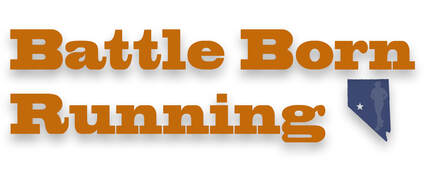

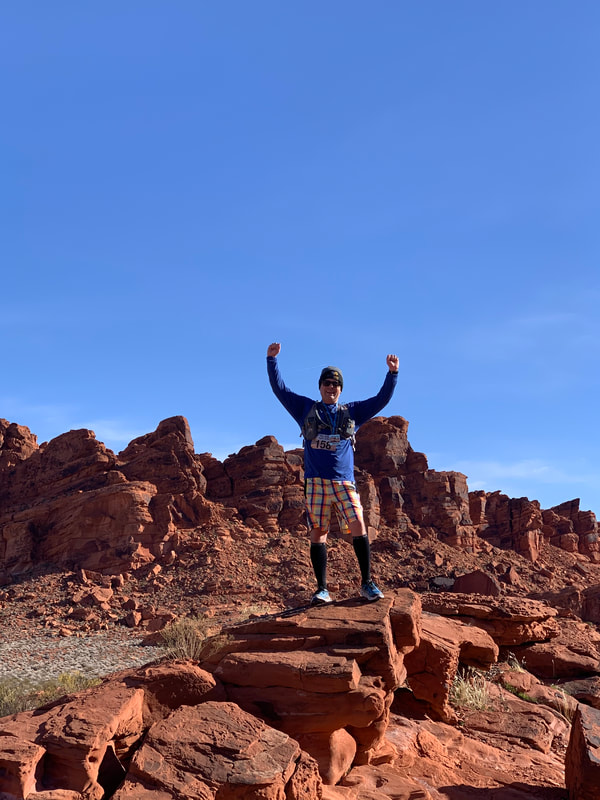
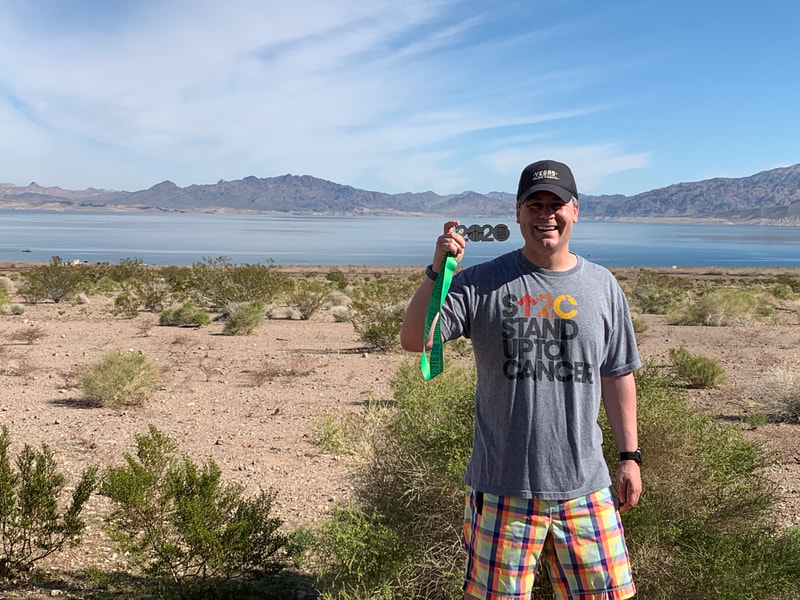
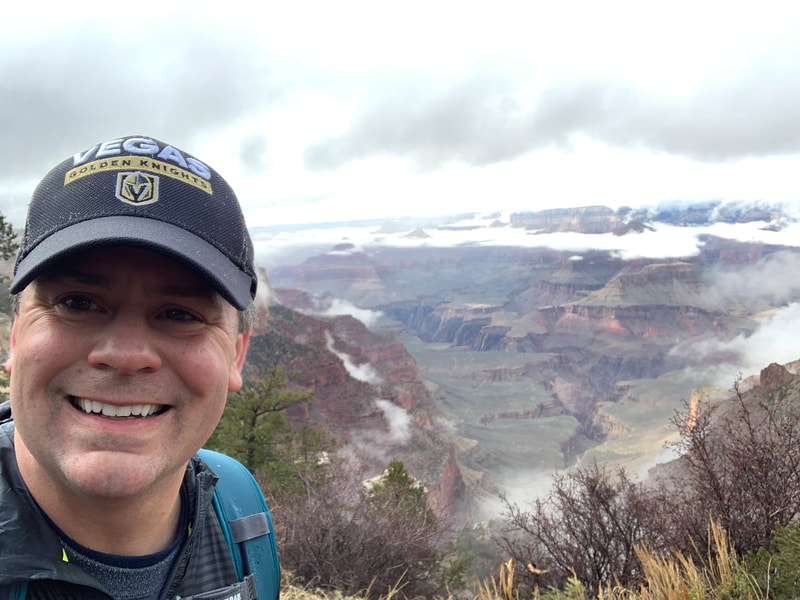





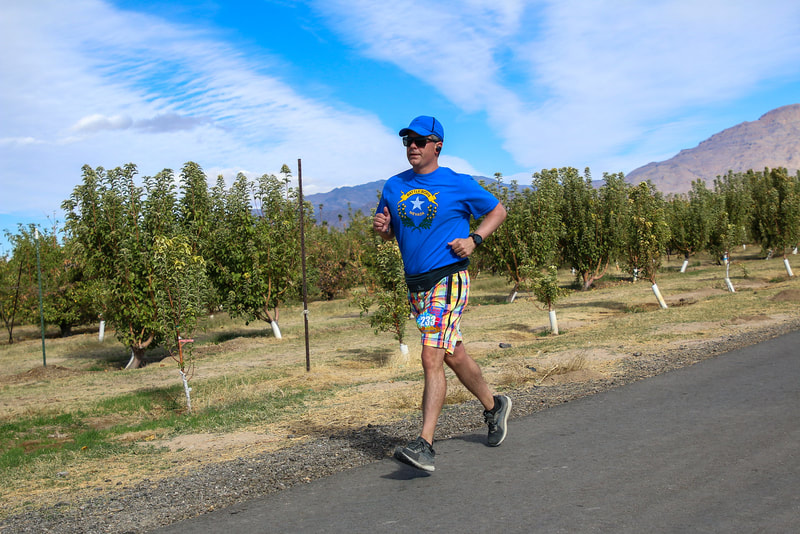
























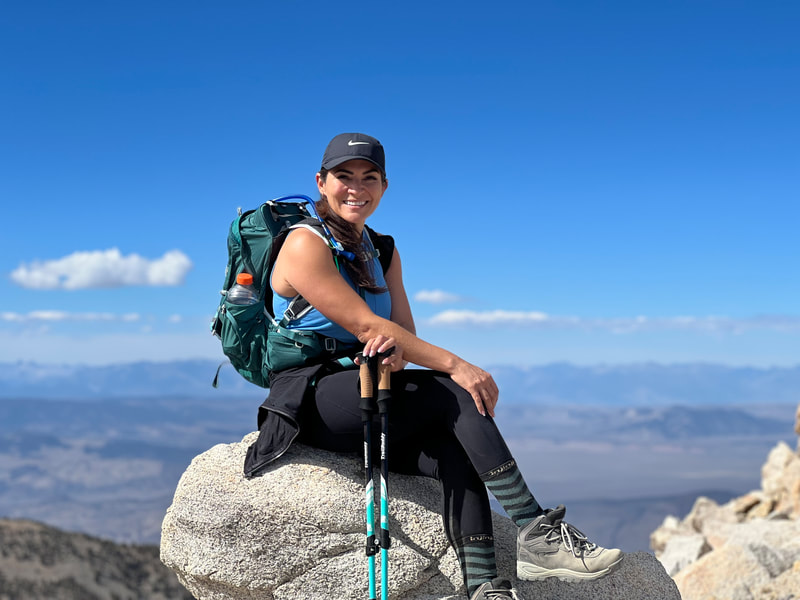







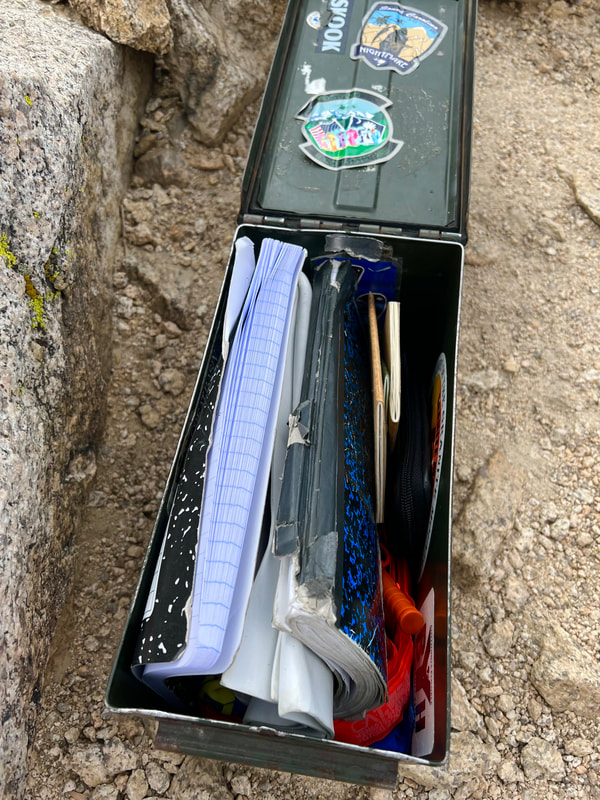



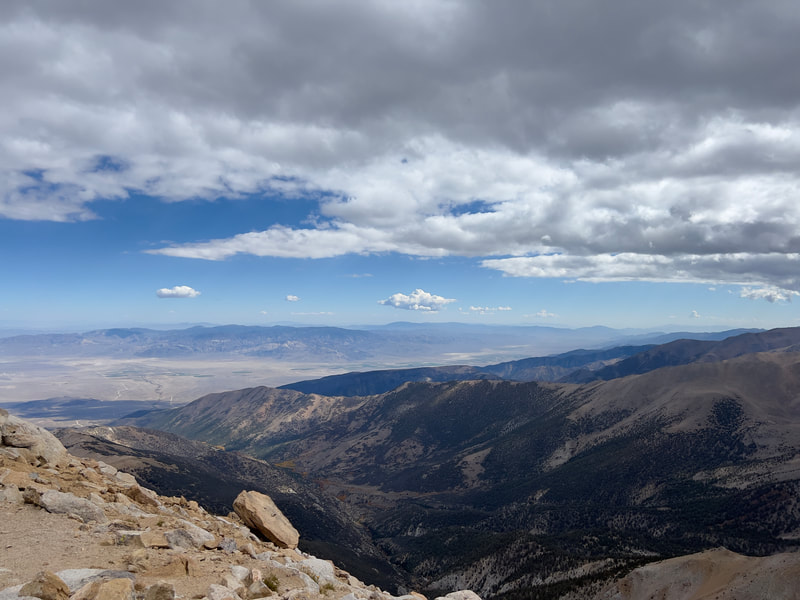














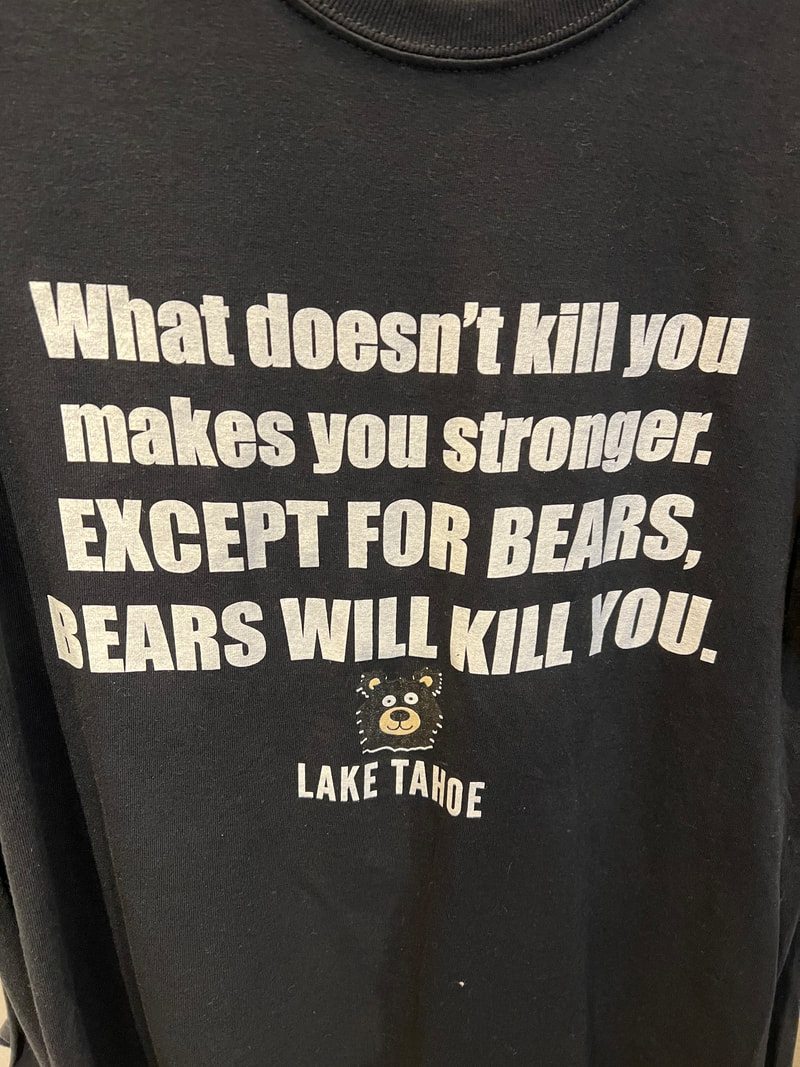









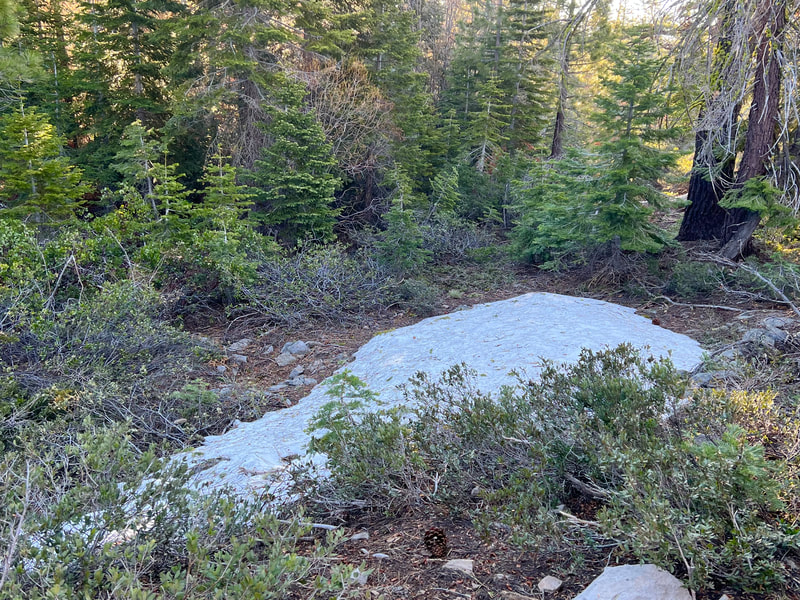


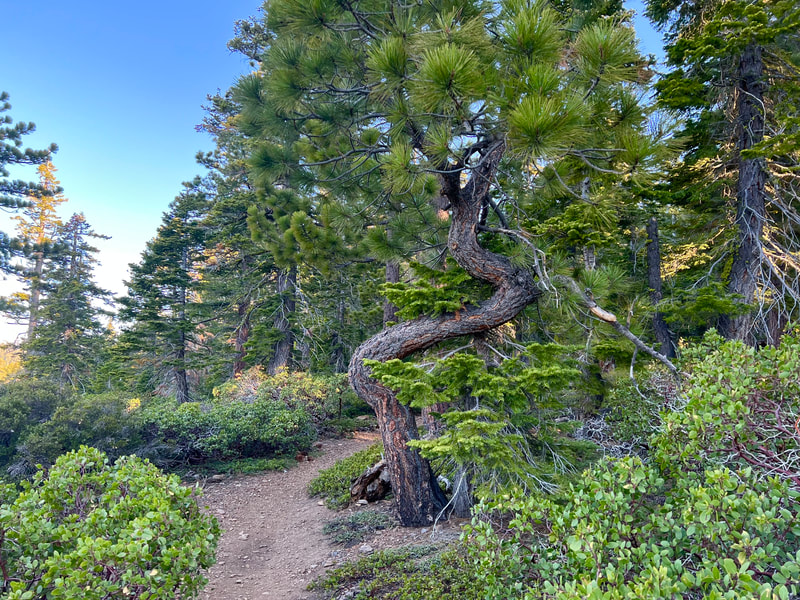


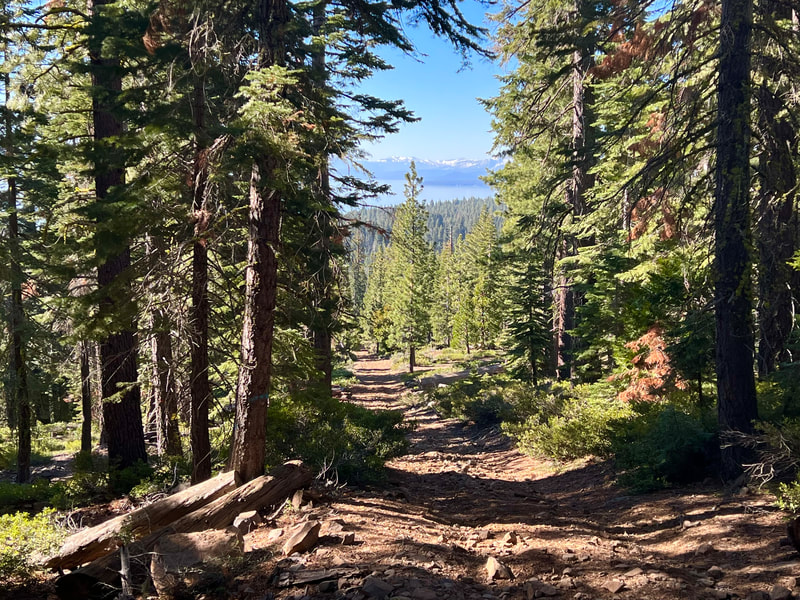







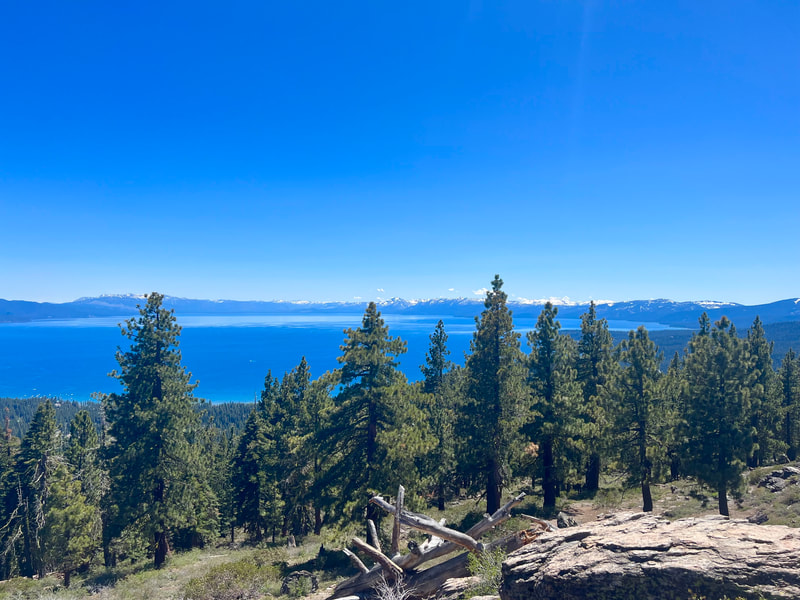



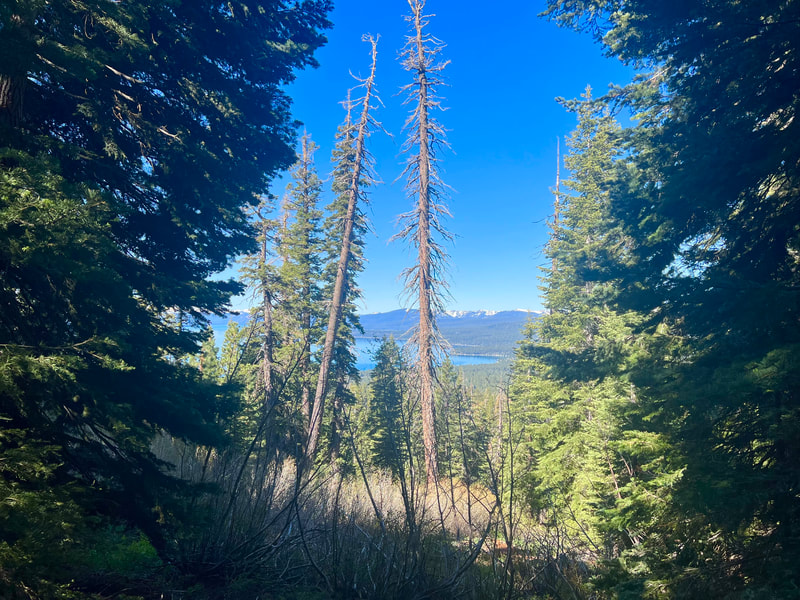





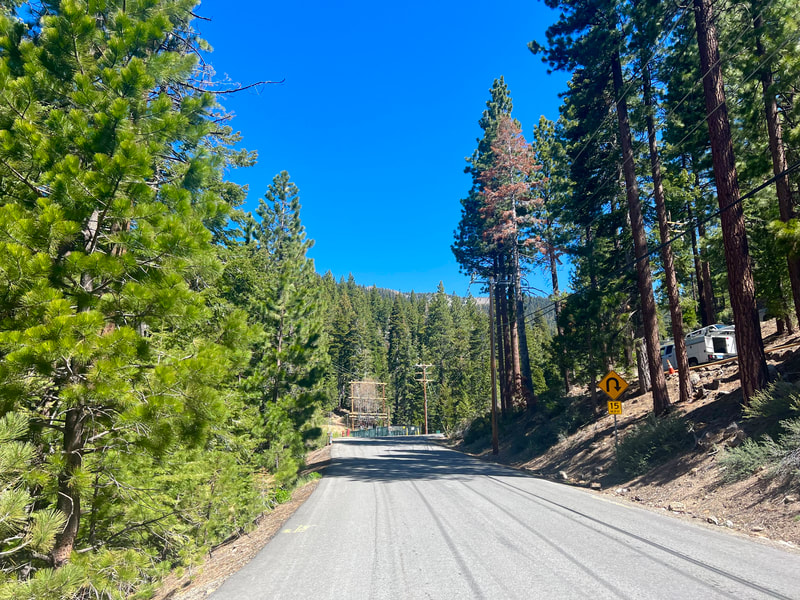




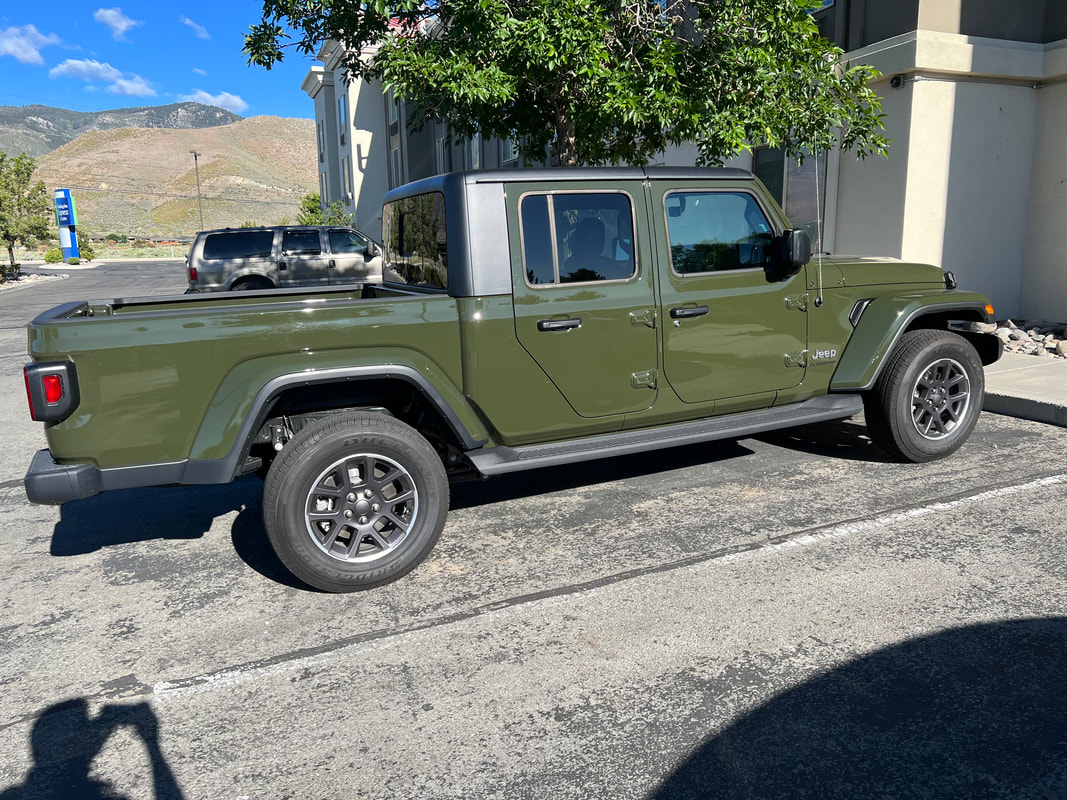
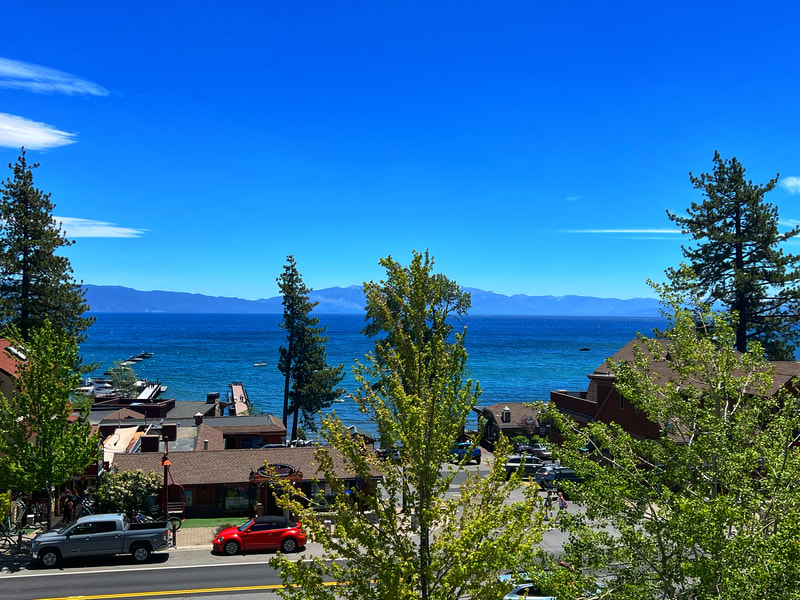







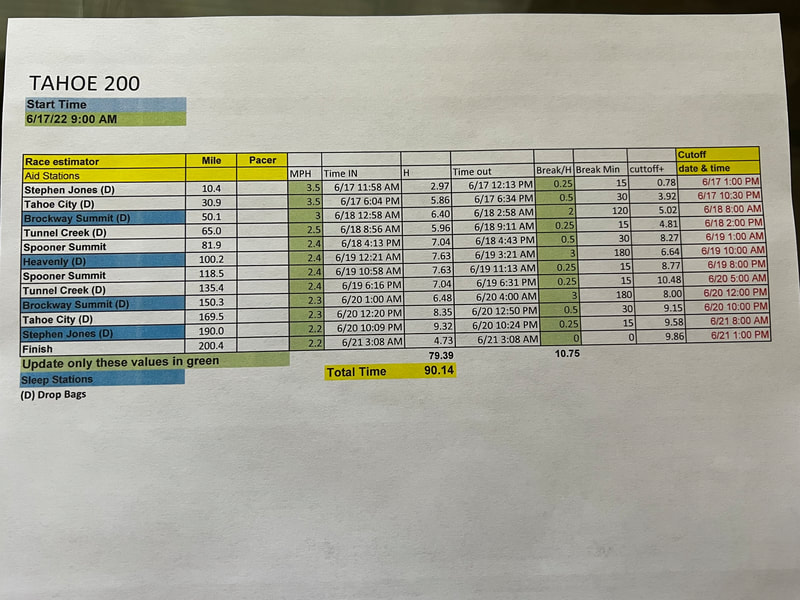













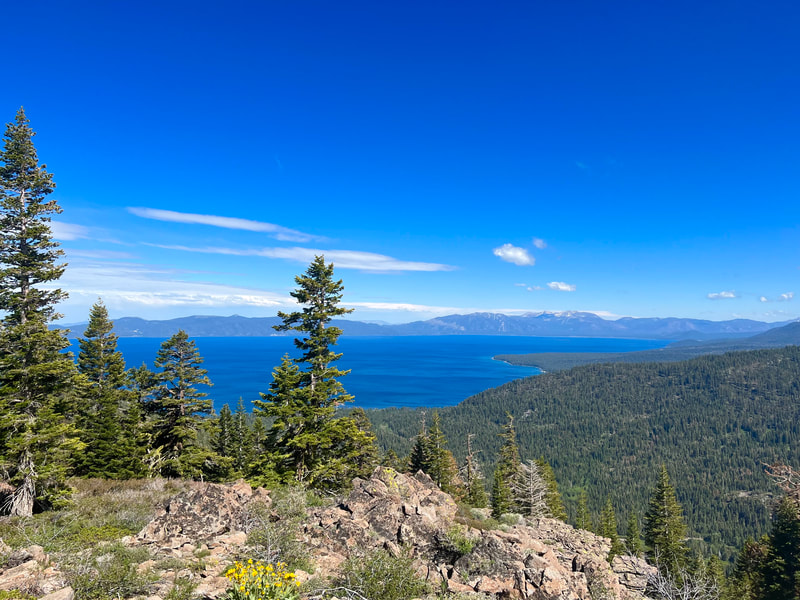
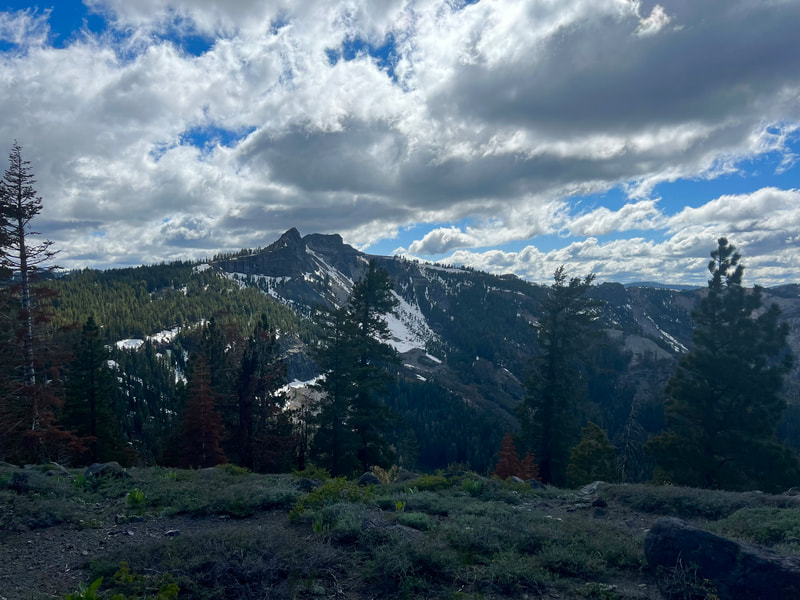
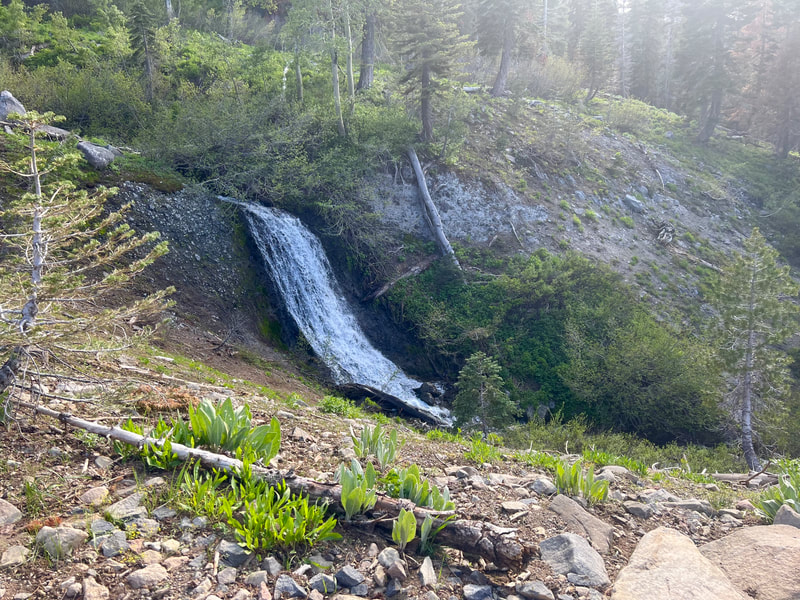








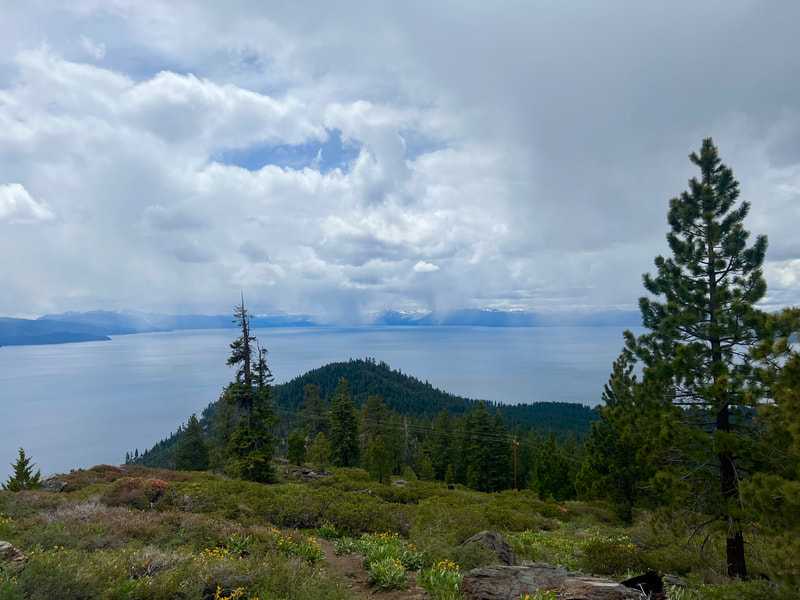












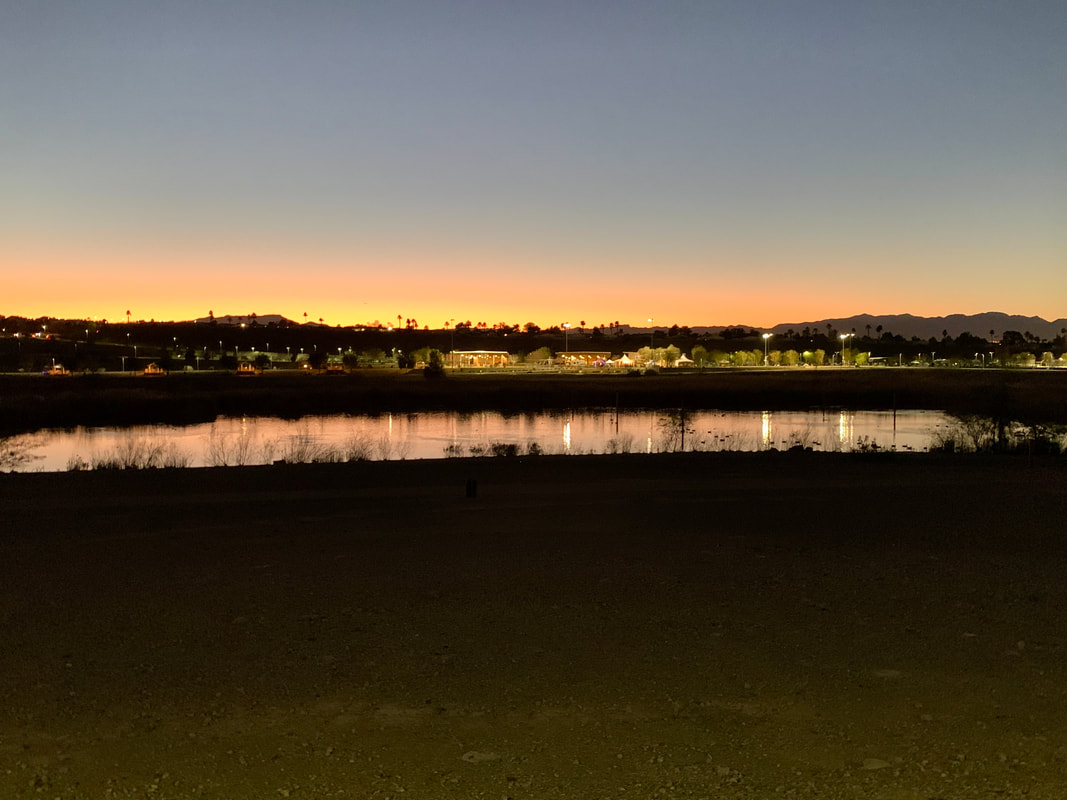

























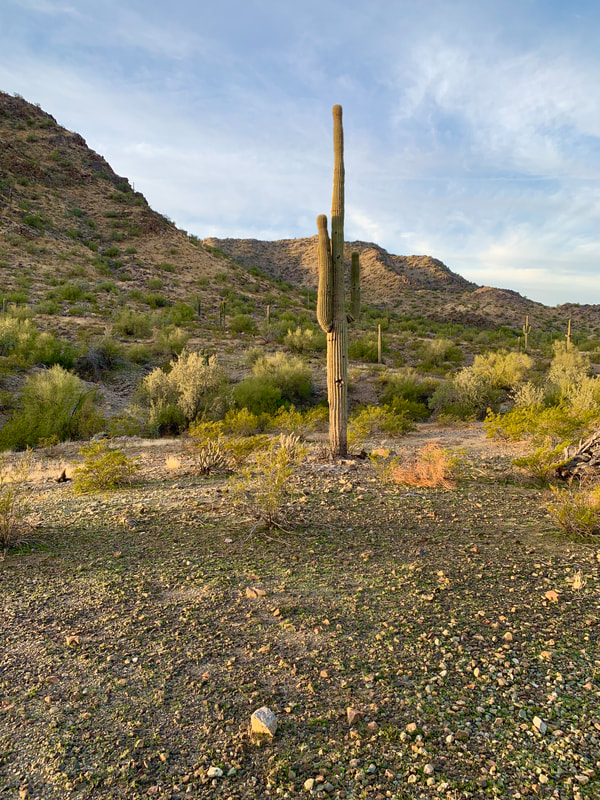
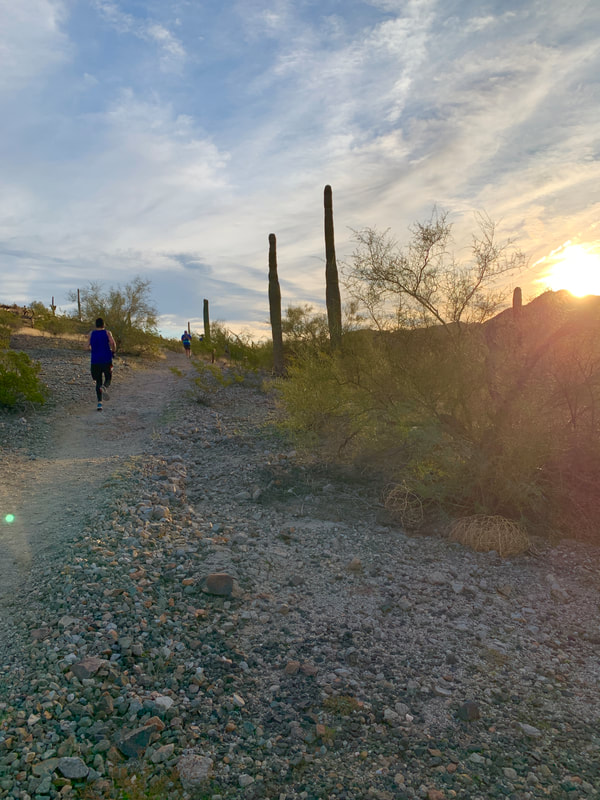
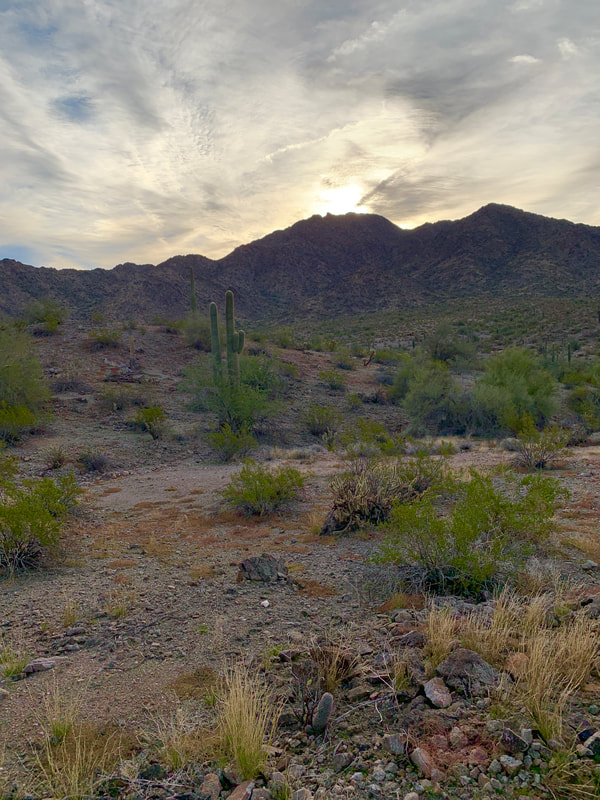






















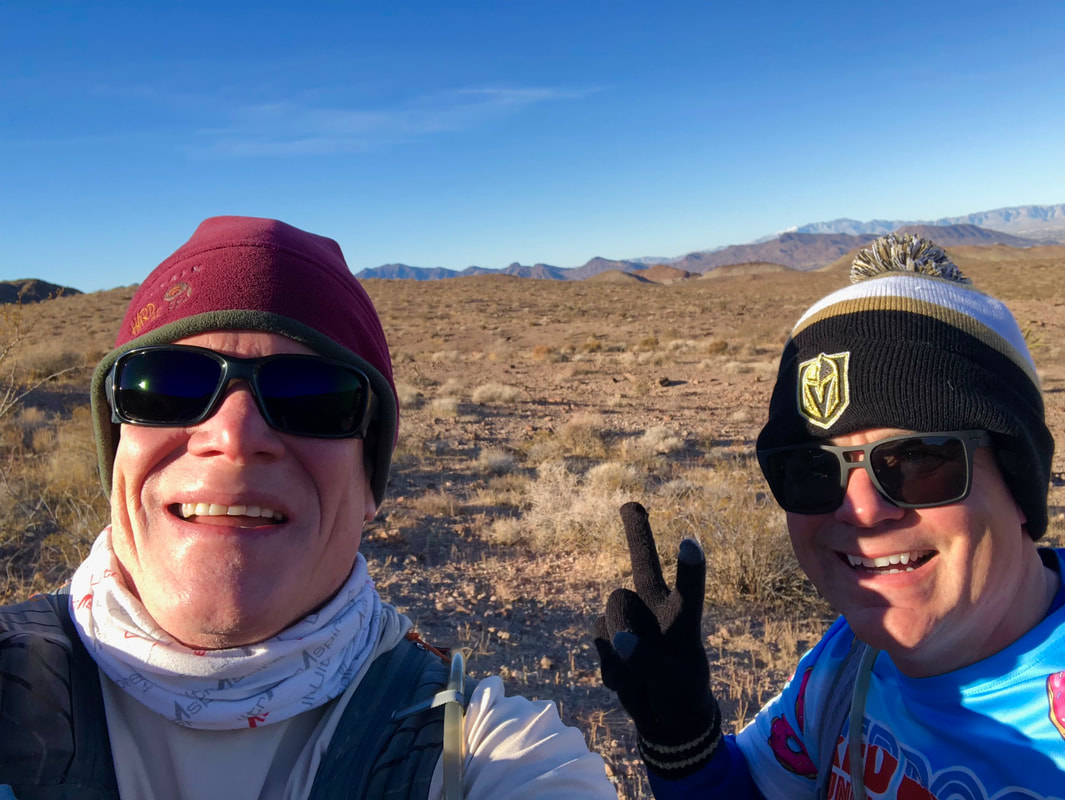

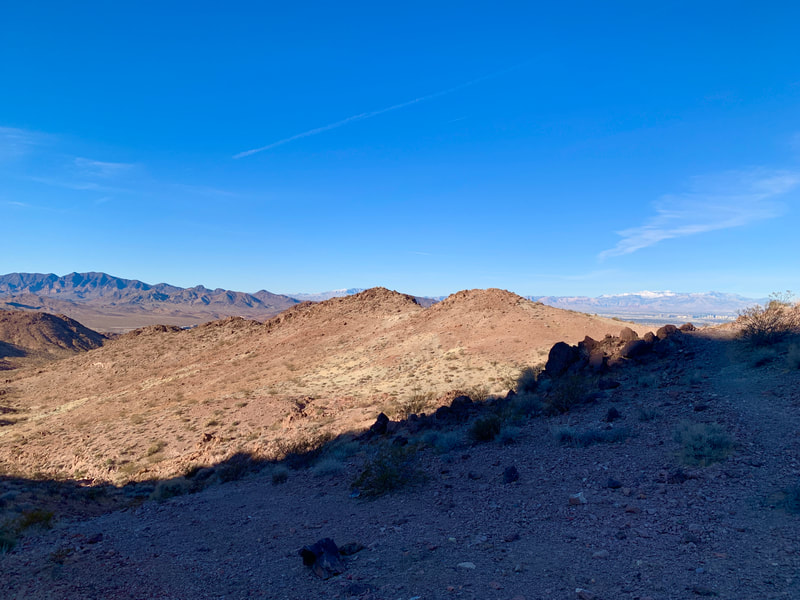









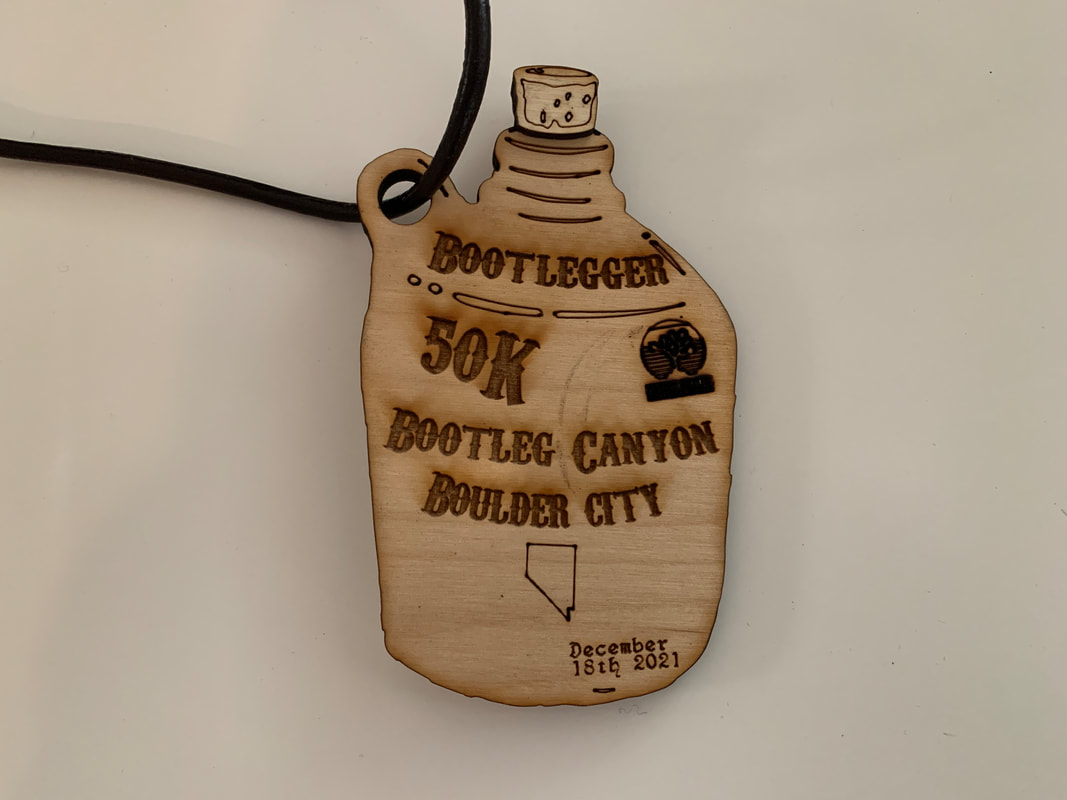









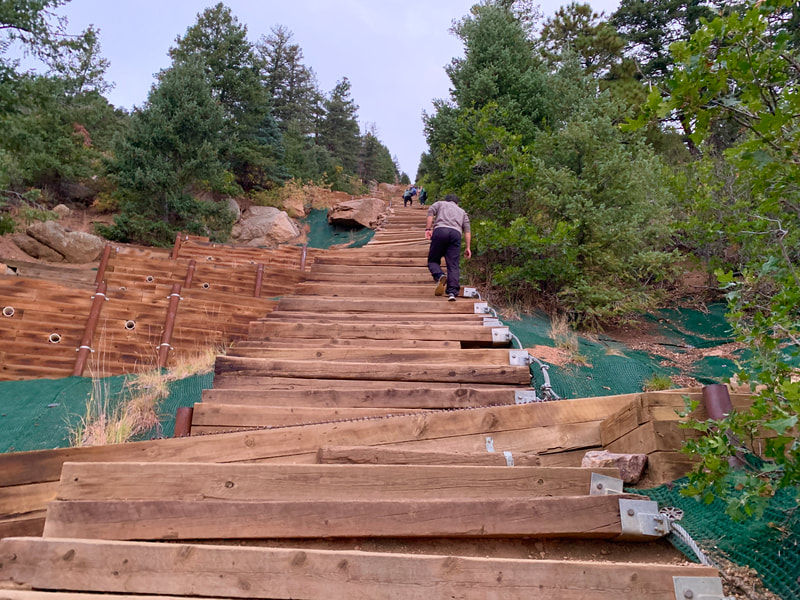

















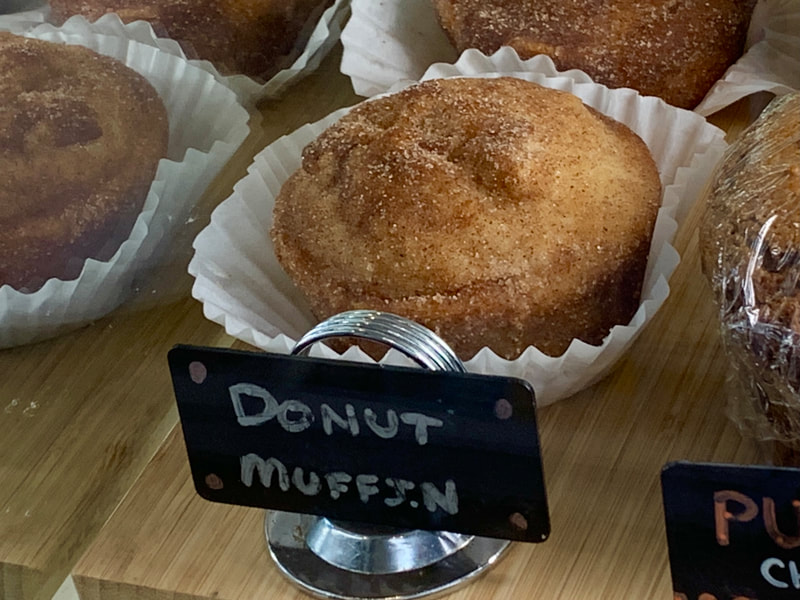



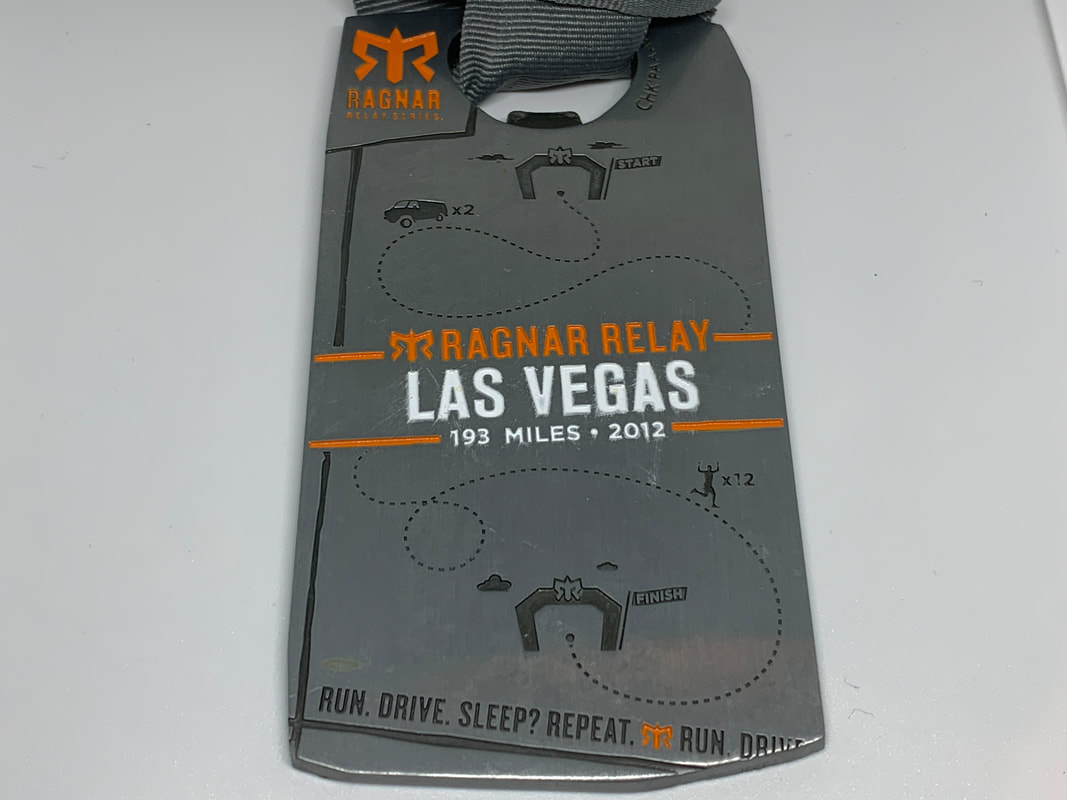
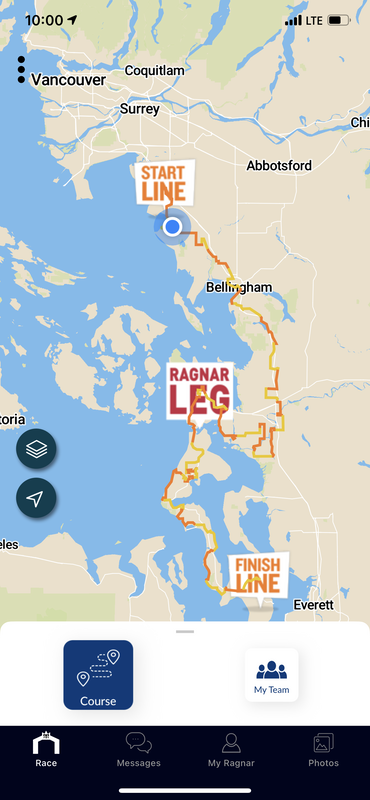




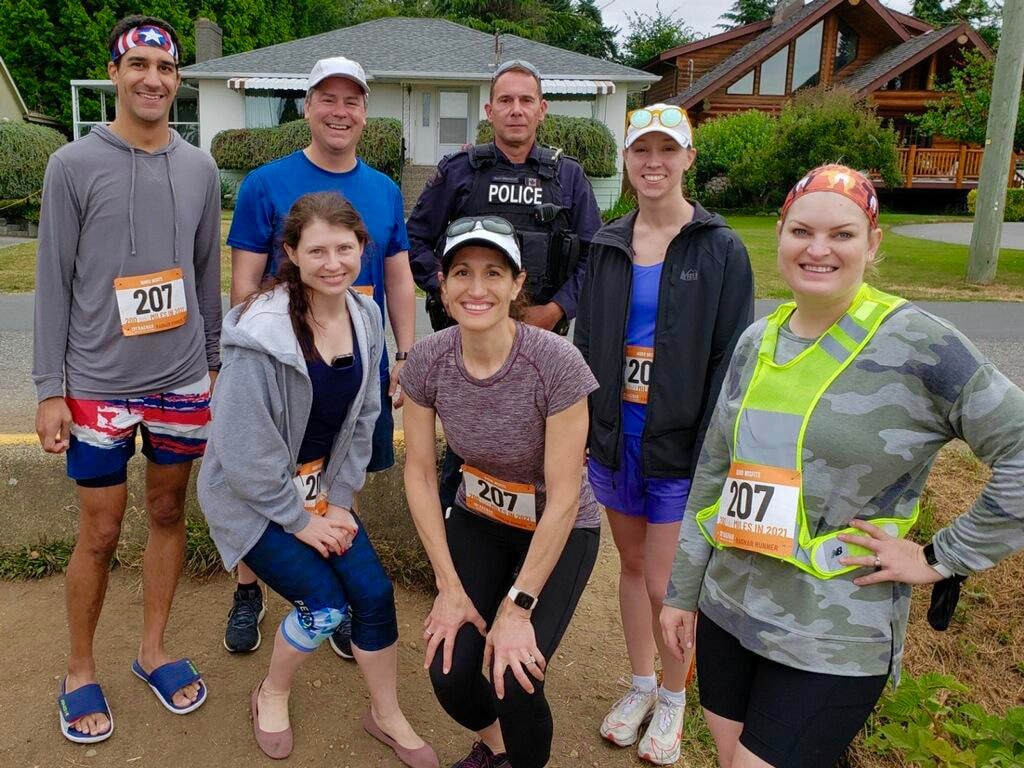








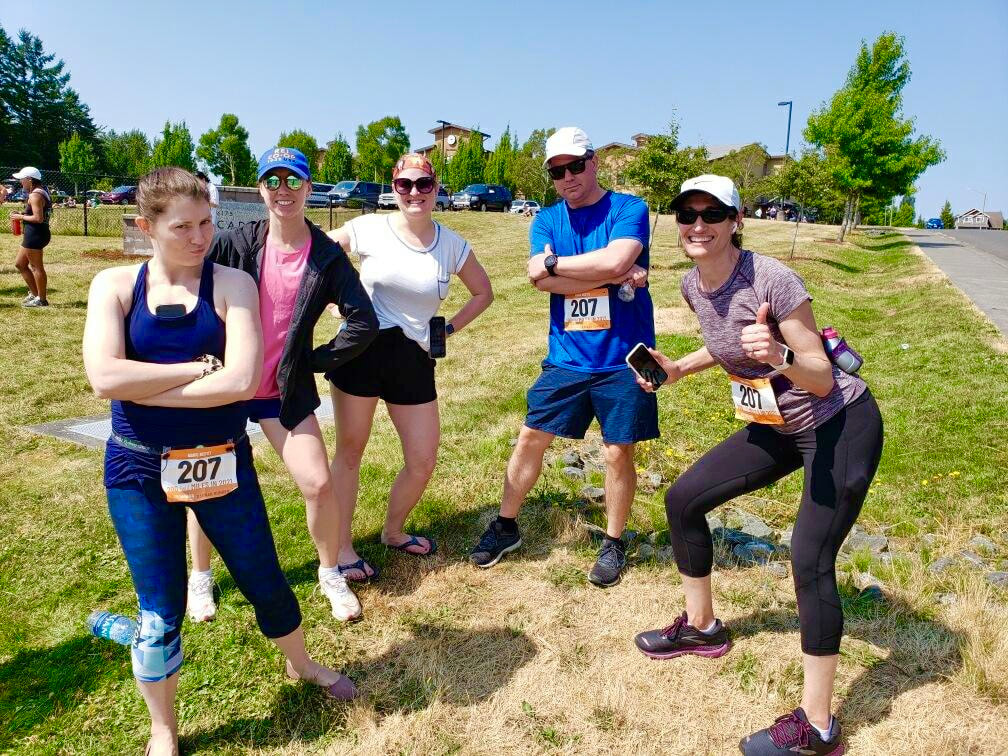







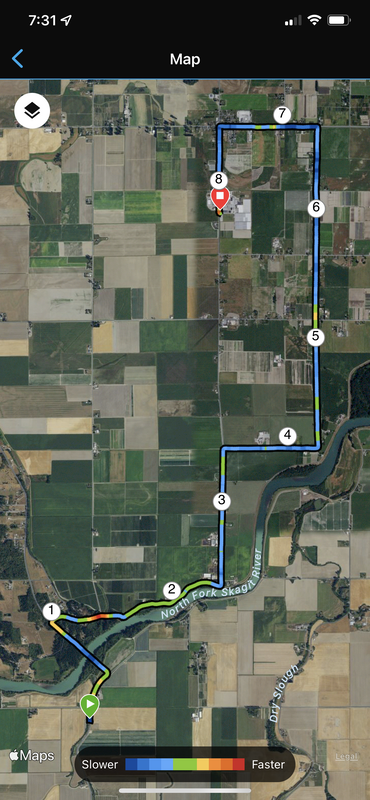















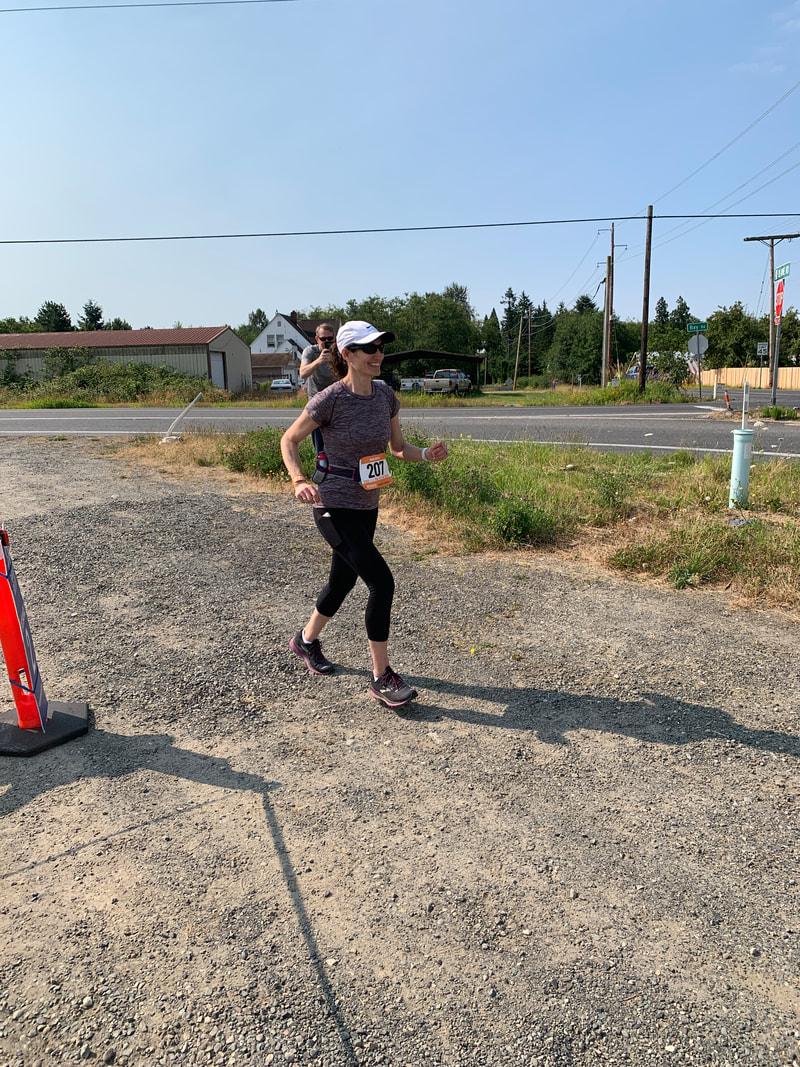






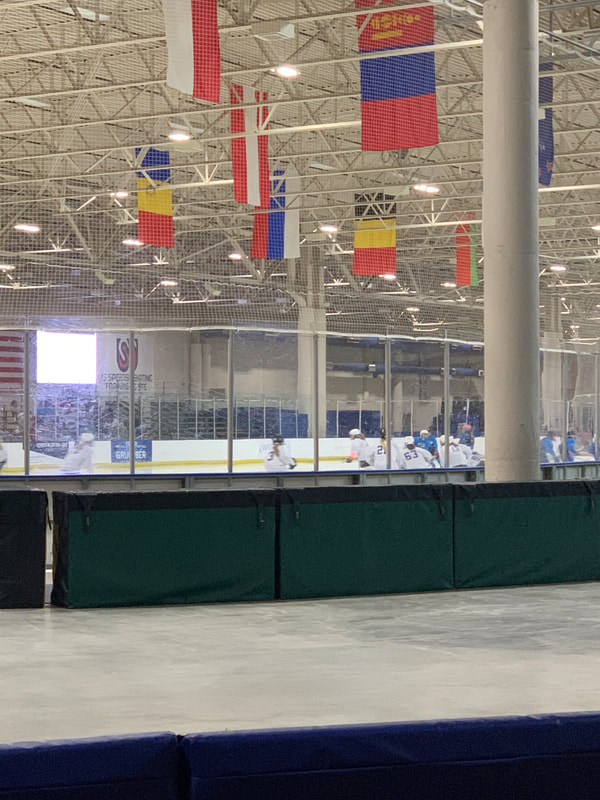






















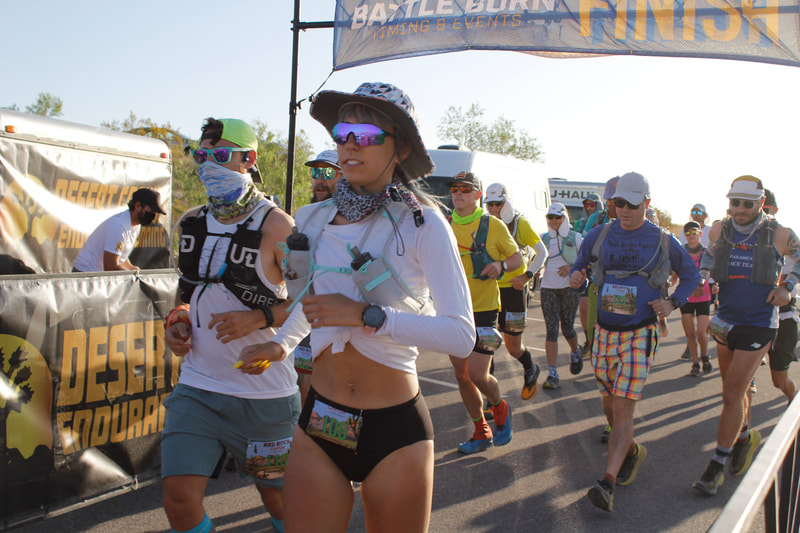










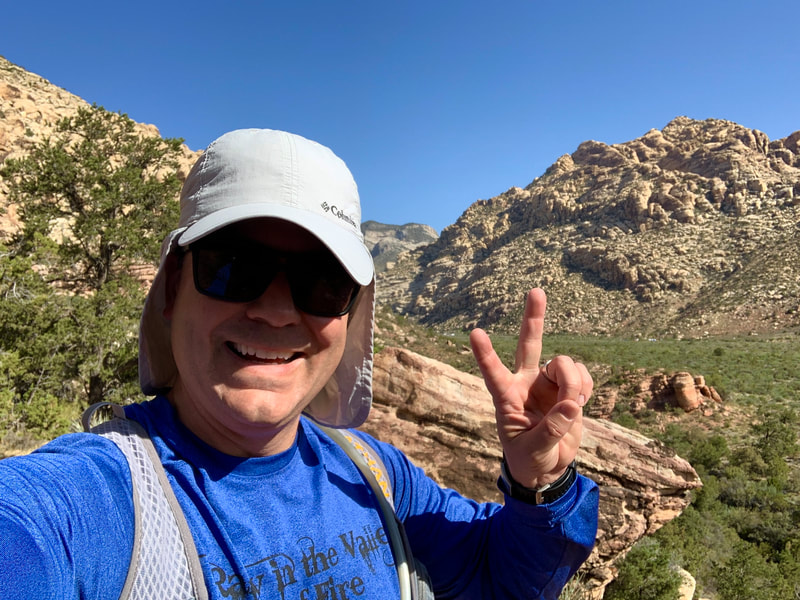





















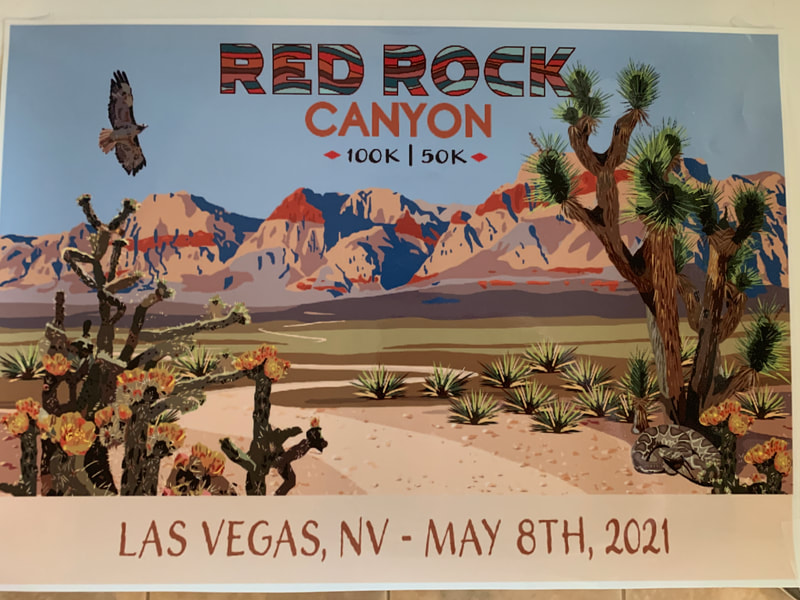

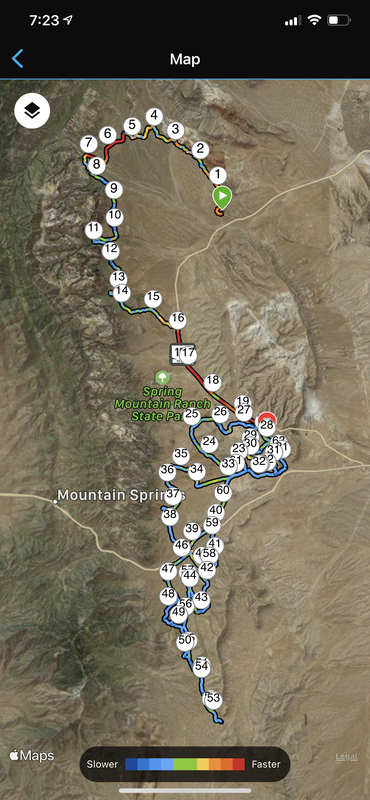












 RSS Feed
RSS Feed